Staying connected isn’t just a luxury, it's a necessity in our digital age. Choosing the right carrier can make the difference between crystal-clear calls or maddening dropped connections. We’ve all felt the frustration of a phone call cutting out or data crawling when we need it most. In fact, over 72% of Americans complain of dropped calls, and a notable 6% experience them multiple times a day. These everyday annoyances underscore why picking a carrier with strong coverage matters for your peace of mind and productivity.

That’s where this guide comes in. We’ll compare AT&T, Verizon, and T-Mobile head-to-head on coverage, speed, and signal quality using up-to-date 2025 data. We’ll also discuss how even the best networks can have blind spots and how a cell signal booster can be a game changer in those scenarios. By the end, you’ll know which carrier might best fit your needs and how HiBoost’s top-rated boosters can ensure you stay connected no matter which network you use.
Looking for the best signal booster for your carrier? Check out our dedicated collections for each major U.S. carrier: AT&T Boosters | T-Mobile Boosters | Verizon Boosters | U.S. Cellular Boosters
1. U.S. Carrier Coverage at a Glance (2025 Data)
✔ Struggling with Weak 5G Signal?
HiBoost signal boosters enhance your 5G reception in homes, offices, and vehicles. Get stronger, more reliable coverage no matter which carrier you use.
Browse Best Seller Boosters
When it comes to raw coverage across the United States, Verizon and AT&T still lead in sheer footprint, though T-Mobile isn’t far behind in populated areas. Here’s a quick overview of each carrier’s coverage as of 2025:
Verizon: “Big Red” boasts the widest 4G LTE reach, covering about 70% of the U.S. land area. That equates to roughly 327 million people across 2.68 million square miles under Verizon’s 4G signal. Verizon’s 5G network, which now includes its fast Ultra Wideband service, has grown to cover about 21% of the country’s area, a figure still a bit behind its rivals in breadth.
In practice, Verizon’s coverage map is solid in urban and suburban regions and still one of the best in rural areas, with especially strong coverage throughout the East Coast and along major highways. By 2025, Verizon reports that customers can connect 99.5% of the time on its network , reflecting its near-ubiquitous presence where people live and work.
AT&T: AT&T comes in a close second for overall coverage. Its 4G LTE network spans roughly 68% of U.S. territory, and its 5G network now reaches approximately 315+ million people in over 26,000 cities and towns. That’s roughly 41% of the U.S. by area covered with AT&T 5G.
AT&T’s coverage is notably strong across large portions of the South, Midwest, and Northeast. While there are still some gaps in very remote or mountainous regions, AT&T users statistically enjoy the most time with a signal about 99.6% of the time connected to at least 3G/4G service, the highest availability of the big three. In other words, AT&T offers a reliable blanket of coverage and strikes a balance between Verizon’s vast reach and T-Mobile’s 5G depth.
T-Mobile: T-Mobile’s network has expanded dramatically in recent years. Its 4G LTE coverage now reaches about 62% of the U.S., a bit less land area than AT&T and Verizon but T-Mobile compensates by far with its advanced 5G coverage. T-Mobile now boasts the largest 5G network in the nation, covering over 332 million people across approximately 2 million square miles.
That means in almost any city or town, and even many rural areas, there’s a good chance T-Mobile’s low-band “Extended Range 5G” is available. Its faster mid-band Ultra Capacity 5G now reaches more than 305 million people. While T-Mobile’s total geographic reach is a tad smaller, the carrier has focused on covering where the population is concentrated. As a result, T-Mobile’s coverage is excellent in metropolitan areas and improving in the countryside. Users report being connected ~99% of the time on T-Mobile only a sliver behind the others in reliability.
Carrier 5G coverage maps (2025): Left – T-Mobile’s nationwide 5G (magenta) now blankets most populated areas. Top right – AT&T’s 5G (blue) offers broad coverage with some gaps in rural regions. Bottom right Verizon’s 5G (red) is highly concentrated in cities and along major routes. Each carrier still has remote pockets with no coverage (white).
Verizon leads in overall landmass covered. AT&T is nearly on par, providing wide coverage and the highest consistency of signal availability. T-Mobile has slightly less rural footprint in LTE, but its aggressive 5G rollout means it covers virtually all of the population with at least some signal.
No matter which carrier you choose, you’ll likely have solid service in cities and on interstates but the edges of their coverage maps are where differences show. Those are exactly the situations where understanding each carrier’s strengths becomes important!
2. AT&T vs Verizon vs T-Mobile: Who Has the Best Coverage in 2025?
Verizon: The Gold Standard for Reliability
Verizon has long been considered the benchmark for network reliability in the U.S. Even in 2025, it continues to lead in rural coverage, making it the preferred carrier for travelers, truck drivers, and rural homeowners.
Coverage & 5G Reach:
Verizon’s 4G LTE network still covers more than 99% of the U.S. population, including remote areas where other carriers struggle. Its Ultra Wideband 5G network now reaches over 270 million people, offering impressive speeds and stable connectivity in major cities and highways.
Network Performance:
Independent tests by RootMetrics and Ookla show that Verizon consistently ranks #1 in call reliability, network consistency, and data performance in suburban and rural regions. While AT&T and T-Mobile may occasionally edge out Verizon in urban speed tests, Verizon remains unmatched in overall dependability.
Plans & Pricing:
Verizon’s plans are typically priced higher than competitors — a trade-off for superior reliability. Its Unlimited Plus and Unlimited Ultimate tiers include premium 5G data, hotspot access, and entertainment perks like Disney+ and Apple Arcade. For families and professionals who value stability over savings, Verizon remains a safe choice.
Best For:
- Rural homeowners
- Cross-country travelers
- Business professionals who need constant connectivity
For Verizon users, check out our selection: Shop Verizon Signal Boosters →
T-Mobile: The Fastest and Most Affordable 5G Network
Once seen as the underdog, T-Mobile has transformed into the fastest-growing and most innovative carrier in the U.S. Since merging with Sprint, T-Mobile’s network capacity and 5G dominance have surged dramatically.
Coverage & 5G Reach:
T-Mobile currently covers about 95% of the U.S. population and leads the nation in 5G coverage, reaching over 330 million people. Its mid-band 5G spectrum (2.5GHz) provides an ideal balance between speed and range — offering better performance than AT&T’s low-band 5G and broader reach than Verizon’s mmWave network.
Network Performance:
Speed tests from Ookla and Opensignal consistently rank T-Mobile as the fastest 5G carrier in the U.S. Download speeds often exceed 200 Mbps in most major cities. However, rural coverage is still slightly weaker compared to Verizon, though it’s improving steadily thanks to ongoing tower expansion projects.
Plans & Pricing:
T-Mobile remains the most budget-friendly of the three. Its Go5G Plus and Magenta Max plans include taxes and fees upfront, unlimited 5G data, and international roaming — making them especially appealing to families and frequent travelers.
Best For:
- Urban and suburban users
- Budget-conscious consumers
- Heavy data users and streamers
For T-Mobile users, find your ideal booster here: Shop T-Mobile Signal Boosters →
Key Advantages of AT&T Compared to T-Mobile and Verizon:
Balanced Coverage:
AT&T offers a strong balance between urban, suburban, and increasingly rural coverage, making it a versatile choice for most users.
5G Expansion:
While T-Mobile leads in urban 5G speed and Verizon is more reliable in rural LTE, AT&T’s combination of low-, mid-, and mmWave 5G ensures a strong all-around network.
Network Performance:
Provides consistent speeds and low latency across most areas, slightly better than T-Mobile in suburban regions.
Bundled Plans:
AT&T stands out for families and users who value streaming or additional perks included with plans.
Best Fit:
Ideal for users looking for nationwide coverage with a mix of speed and reliability, without paying Verizon’s premium.
For AT&T users, explore our recommended signal boosters here: Shop AT&T Signal Boosters →
3. Network Comparison Table: AT&T vs Verizon vs T-Mobile (2025)
| Feature | AT&T | Verizon | T-Mobile |
| 4G LTE Coverage | 99% of population | 99% of population | 95% of population |
| 5G Coverage (2025) | 290+ million people | 270+ million people | 330+ million people |
| Average 5G Speed | 120–150 Mbps | 150–200 Mbps | 200+ Mbps |
| Rural Coverage Quality | Good | Excellent | Moderate |
| Urban Performance | Strong | Excellent | Excellent (Fastest) |
| Reliability & Call Quality | Excellent | Best in Class | Good |
| Average Plan Price (Unlimited) | $75–$90/month | $80–$100/month | $65–$85/month |
| Best For | Balanced performance | Reliability & coverage | Speed & affordability |
4. Signal Performance in Different Environments
Coverage percentages only tell part of the story. How does each carrier actually perform in real-world environments like rural areas versus cities? Let’s break it down by scenario:
Rural Areas
If you live in or frequently travel to rural areas, Verizon and AT&T have long been considered the go-to networks. Verizon’s extensive tower network and low-band spectrum mean it reaches far-flung places that others sometimes don’t. In fact, Verizon and AT&T still hold an edge in total coverage, especially in rural regions. Verizon’s 4G signal blankets country roads and small towns more thoroughly it covers many sparsely populated counties where smaller carriers or T-Mobile might have little or no service.
AT&T is a close second; thanks in part to its FirstNet expansion over the last few years, AT&T has upgraded a lot of rural towers with new spectrum. Some industry observers even note AT&T’s rural coverage can rival Verizon’s now, as AT&T has modernized sites in remote areas.
T-Mobile, on the other hand, historically had the weakest rural presence but it’s improving fast. The Sprint merger gave T-Mobile a lot more spectrum and some rural towers, and T-Mobile has been aggressively rolling out low-band 5G on 600 MHz that reaches countryside areas. Still, in certain remote zones, T-Mobile can’t yet match the sheer coverage density of Verizon/AT&T.
If you’re on a farm or traveling off the beaten path, you’re more likely to find a strong Verizon or AT&T signal. That said, T-Mobile has plans to fill those gaps including acquiring regional carriers to boost their rural footprint.
Bottom line in rural areas: Verizon arguably remains king of rural coverage with AT&T right on its heels. T-Mobile works in many rural places now, but truly remote homesteads might still find T-Mo’s signal spotty.
If you live rural and use T-Mobile, a booster could be especially helpful to pull in that distant signal. And if you’re an AT&T or Verizon customer enjoying 1-2 bars in a remote area, a booster can amplify that to usable levels so you’re not left off-grid.
Urban Areas
In cities and suburbs, all three carriers perform well, but their priorities have differed:
T-Mobile has a slight edge in many cities now because of its wide 5G coverage and capacity. After the Sprint merger, T-Mobile deployed mid-band 5G extensively in urban areas, so users in cities often get extremely fast data speeds and solid coverage indoors. Ookla’s crowdsourced Speedtest results and other studies frequently show T-Mobile providing the fastest 5G speeds in urban areas as of 2024-2025.
T-Mobile also turned on some advanced 5G features earlier than others, which improved performance in dense areas. Reliability-wise, T-Mobile has caught up a lot in cities; its network is strongly reliable in most urban and suburban areas now. If you primarily stick to big cities or their suburbs, Magenta’s network is excellent and you’ll likely enjoy great speeds for streaming, gaming, and work.
Verizon in urban areas is known for rock-solid reliability. Even though Verizon was a bit slower expanding broad 5G, they did deploy mmWave 5G in many city hotspots to deliver extremely high speeds in specific locations. Verizon’s mid-band 5G is now coming online in cities too, covering millions of people with much faster speeds than 4G.
The result: Verizon in cities offers a very stable network with fewer dropped calls and outages reported. One reviewer in 2025 noted that on Verizon in a city environment, they “rarely had network dropouts” calls stayed connected and 4G speeds of 50–100 Mbps were common, with 5G Ultra Wideband spiking over 800 Mbps in downtown areas.
Verizon’s dense urban infrastructure (and lots of small cell sites) contributes to this reliability. So if you value a dependable signal and clear call quality in a city, Verizon is top-notch. Its only drawback was that until recently, Verizon’s 5G coverage was more limited than T-Mobile’s in cities; however, that gap is closing as Verizon lights up more mid-band 5G nodes.
AT&T offers a balanced urban experience, mixing good coverage and respectable speeds. AT&T’s 5G in cities mostly uses low-band 5G and some mid-band. This means AT&T’s urban 5G coverage is fairly broad but not as fast as T-Mobile’s mid-band in many cases.
You’ll often see 5G “Nationwide” on AT&T in a city, which might give you coverage but at speeds closer to 4G LTE. In areas where AT&T has deployed its higher-band 5G+, speeds can be excellent, but those areas are still growing. That said, AT&T’s underlying LTE network in cities is very strong, and they’ve integrated 5G in a way that keeps performance consistent.
AT&T tends to excel just slightly in suburban areas, places on the fringe of cities where its long established LTE coverage and newer 5G upgrades provide a reliable mix. Overall, AT&T is very reliable in urban/suburban environments and tends to have fewer congestion issues. It may not always top the speed charts, but it’s usually not far behind.
Importantly, AT&T also invested in indoor coverage solutions, so in-building coverage is generally good. If you want a carrier that’s “steady and sure” in cities, AT&T is a safe bet.
Highways & Travel Routes
For those who spend a lot of time on the road whether commuting, road-tripping cross-country, or in an RV, coverage along highways is critical. Here’s how the carriers rank for travel:
Verizon is often cited as the best for highway coverage, especially on long cross-country or interstate drives. This is because Verizon has towers covering many remote stretches of Interstate highways and secondary roads.
Its 4G signal tends to hold on longer between towns. Verizon’s network historically was built with a focus on extensive rural and highway coverage, and that still shows. As WhistleOut notes, Verizon’s dominance in remote and rural coverage gives it a leg up in consistency “no matter where you travel”.
Drivers with Verizon will find that from one state to another, they’ll rarely be completely without signal except in the most desolate zones. Additionally, Verizon has been proactive about new tech for travelers: for instance, in 2023–2025 they enabled satellite texting on some smartphones. That means if you truly go off-grid, certain Verizon phones can connect to satellites to send an emergency text, a neat perk for adventurers.
AT&T also provides solid coverage along major interstates and routes. AT&T’s partnership with the FirstNet program meant they built out coverage in a lot of areas including along highways for emergency responders. So, AT&T users benefit from many of those new towers. You’ll find AT&T service on essentially all major highways and in most small towns you pass through. On primary interstates, AT&T is nearly as reliable as Verizon.
There may be a few remote stretches where AT&T might drop to “No Service” slightly sooner than Verizon, but those instances are rarer now. In fact, if your travels are mostly on interstates and through populated areas, you won’t notice much difference between AT&T and Verizon coverage; both will keep you connected for the vast majority of your journey. AT&T has also pursued direct-to-satellite capabilities and is acquiring additional fiber networks, all of which could indirectly improve the connected experience for customers on the go.
T-Mobile has improved dramatically on highways, but it’s still catching up outside metro zones. On major interstates that connect large cities, T-Mobile usually has good coverage, often with 5G signal the whole way. However, when you get onto more remote highways or state routes that cut through sparsely populated regions, you may find stretches where T-Mobile’s coverage drops or switches to roaming.
For example, a cross country traveler might see T-Mobile 5G in and around cities, but in between, especially in the mountain West or rural Great Plains, there could be gaps. This is something T-Mobile is actively working on; with the upcoming integration of U.S. Cellular’s network and continued cell site builds, T-Mo’s highway coverage is expected to get much closer to parity.
As of 2025, if your lifestyle involves a lot of driving in remote regions, Verizon is still the top pick, with AT&T a close second for dependable mobile service. T-Mobile can work for many travel scenarios but be aware of those remaining dead zones. The good news is, even on T-Mobile, a vehicle signal booster can significantly help by pulling in faint signals along those stretches so you stay connected.
5. 5G Coverage Comparison
No carrier comparison in 2025 is complete without talking about 5G, the current generation of wireless technology. All three carriers offer nationwide 5G of some kind now, but the type of 5G and the approach vary:

Verizon: Verizon took a unique strategy early on focusing on ultra-fast mmWave 5G in dense areas. Verizon’s high-band mmWave delivers gigabit plus speeds, but only covers small zones. By 2025, Verizon has supplemented that with mid-band 5G to expand coverage. This mid-band 5G now reaches about 280 million people on Verizon, giving much wider availability than mmWave.
Essentially, Verizon’s 5G strategy now is a mix: mmWave in big cities for top speed, mid-band for broader urban/suburban coverage, and low-band “5G Nationwide” for everywhere else. The result is Verizon’s 5G can be insanely fast (reports of download speeds over 1–2 Gbps on mmWave in 2025) but those spots are limited to city centers. On the flip side, Verizon’s low-band 5G doesn’t improve speed much over LTE; it’s mainly there to say you have “5G”.
So if you’re on Verizon, you might see a 5G UW icon occasionally (that’s the really fast stuff) in parts of town, and a “5G” icon broadly. Verizon is quickly building out the mid-band, so 2025 has been a turning point. They went from only ~6–12% 5G coverage a couple years ago to much more now. Still, in pure coverage stats, Verizon’s 5G lags T-Mobile’s.
Verizon tends to prioritize quality over quantity for 5G: as one report noted, Verizon can claim some of the highest 5G speeds recorded, but 5G availability has been their weak spot compared to T-Mobile. If you’re in a Verizon Ultra Wideband area, it’s fantastic; if not, you’re often on LTE or low-band 5G. Verizon’s continuing to expand both mid band and even exploring new tech like 5G via satellites to eventually boost coverage everywhere.
The pros of Verizon’s approach: great reliability and top-end speed potential; cons: slower rollout meant less 5G coverage until recently, and it’s still playing catch-up in the breadth of 5G.
T-Mobile: T-Mobile can confidently say it has the widest and most comprehensive 5G network nationwide. Thanks to acquiring Sprint’s spectrum, T-Mobile deployed a layer cake of 5G: low-band 600 MHz for coverage, mid-band 2.5 GHz for capacity and speed, and some mmWave in a few hotspots.
As of 2025, T-Mobile’s 5G covers 98% of Americans and a huge portion of the country’s geography. Independent analyses back this up: Opensignal and others consistently find T-Mobile has the greatest 5G availability. Crucially, T-Mobile’s mid-band Ultra Capacity 5G covers over 300 million people, including many suburban and even rural areas.
This is a big differentiator T-Mobile’s 5G isn’t just marketing; it tangibly gives faster speeds across large areas. For example, many T-Mobile users with a 5G phone see 150–250 Mbps download speeds in cities and suburbs, whereas AT&T or Verizon might still be at 50–100 Mbps LTE in those same spots. T-Mobile also was first to roll out a 5G Standalone network and is already introducing 5G-Advanced upgrades.
The pros for T-Mobile: biggest 5G coverage and generally fastest average 5G speeds T-Mobile’s average 5G download was measured around 252 Mbps in early 2025, compared to ~168 Mbps for Verizon and ~168 Mbps for AT&T. That’s a huge lead in speed.
The cons: T-Mobile’s low-band 5G, while broad, is only modestly faster than 4G and sometimes congested; plus, in the few areas T-Mobile doesn’t have coverage yet, you get nothing. But those gaps are shrinking. For most users, if 5G performance is your priority, T-Mobile is winning the 5G race in 2025.
AT&T: AT&T’s 5G approach is somewhat middle-of-the-road. Coverage-wise, AT&T’s 5G is larger than Verizon’s but smaller than T-Mobile’s. AT&T early on focused on low-band 5G to get broad coverage. That has given AT&T a 5G presence in a lot of areas roughly 29% of the U.S. land area with basic 5G by some 2024 data, versus Verizon’s ~9% at that time.
AT&T also deployed 5G+ in select cities. By 2025, AT&T has been rolling out C-band and 3.45 GHz mid-band 5G as well, which dramatically boosts speeds where available. However, AT&T didn’t get as large a chunk of mid-band spectrum as Verizon or T-Mobile, so its capacity boost is a bit more limited.
In practice, AT&T’s 5G speeds are generally in between T-Mobile and Verizon. Real-world tests show AT&T users getting about 60–70 Mbps average download overall, which is a bit higher than Verizon’s average, thanks to AT&T’s decent chunk of mid-band and less congestion. On pure 5G, AT&T’s average is nearly tied with Verizon’s. AT&T has some standout areas for example, AT&T’s mmWave 5G is present in stadiums and airports where it can deliver multi-gigabit bursts.
And AT&T’s low band 5G can cover rural areas (so you see “5G” on your phone far outside cities, though it might only be 4G-like performance). The pros for AT&T: a good balance of coverage and speed. It has a lot of low-band 5G so your phone shows “5G” in many places, and it’s steadily adding mid-band for speed. AT&T also shines in availability (time connected to any data): AT&T users have a 5G or 4G signal more often than anyone else, meaning AT&T is quite reliable at keeping you connected to some network.
The cons: AT&T’s fastest 5G isn’t as widely deployed, so it can be outperformed by T-Mobile in speed, and AT&T’s overall 5G coverage, while large, is not as utterly expansive as T-Mobile’s. AT&T sometimes comes off as “jack of all trades, master of none” in the 5G realm. It's very good, but not number one in either coverage or speed. Still, if you want decent 5G speed plus very wide LTE/5G combined coverage, AT&T is a strong choice.
Speed vs. Coverage Tradeoff: The 5G rollout has highlighted a classic tradeoff: high frequency = high speed but smaller coverage area, and low frequency = wide coverage but lower speed. Verizon leaned toward the former (mmWave) initially; T-Mobile leaned heavily on the latter; AT&T did a bit of both with an emphasis on low-band first.
In 2025, we see these approaches converging somewhat: Verizon and AT&T are pushing more mid-band to increase 5G coverage, and T-Mobile is densifying networks to increase capacity. For a user, the takeaway is:
- If you want the fastest possible 5G and you’re in a major city: Verizon’s mmWave or T-Mobile’s mid-band can both deliver hundreds of Mbps up to 1+ Gbps. Verizon might win in a specific downtown speed test, but T-Mobile will have that level of performance across a larger portion of the city.
- If you want 5G almost everywhere you go: T-Mobile is likely to give you that “5G” icon in more places (including rural) than the others. AT&T will give you it in many places too. Verizon’s 5G “UW” is still mainly in cities, but their normal 5G (DSS) is also broadly available now, so Verizon has largely caught up in showing a 5G signal in most areas that have LTE.
-
If you care more about 4G coverage and reliability than 5G hype: Verizon or AT&T might appeal more. They haven’t sacrificed LTE coverage for 5G; in fact, they continue to bolster LTE while layering 5G on top. T-Mobile’s LTE network is good in cities but still catching up in depth in some rural spots.
In the end, all three carriers are actively expanding 5G, and the gaps are closing year by year. By late 2025, T-Mobile leads in 5G coverage and availability, Verizon leads in some peak speed and continues to top “coverage experience” awards, and AT&T offers a stable middle-ground with slight edges in consistency.
And if you’re wondering, yes, HiBoost signal boosters do work for 5G too! As long as it’s not the super-high mmWave, our boosters can amplify low band and mid-band 5G signals for all carriers. So whichever 5G network you choose, a booster can help you get those great speeds even deep inside your home or far out on your property.
6. Carrier-Specific Strengths & Weaknesses
Let’s sum up each major carrier’s key strengths and weaknesses in 2025, from a coverage and signal perspective, to help you decide “blue, red, or magenta”:
AT&T (Blue): Strengths: Arguably the most balanced network. AT&T offers a reliable mix of LTE and 5G coverage you’ll find both in cities, suburbs, and a vast portion of rural America. It actually ranks #1 in network availability, which speaks to its consistency. AT&T’s 4G coverage is just a hair behind Verizon’s in size, and its 5G reaches more people than Verizon’s as of 2025. Many users praise AT&T’s call quality and low latency, and it has strong coverage indoors.
AT&T is also strong in suburban areas; it's often the only carrier besides Verizon that covers some exurbs and smaller towns well. Speeds on AT&T are solid; it tends to deliver everyday download speeds around 60–65 Mbps on average, which is plenty for most needs, and 5G can ramp that up further in good coverage zones. Weaknesses: AT&T can be seen as expensive, often just as pricey as Verizon but without the clear “best network” title.
It has fewer included perks in its plans. In network terms, AT&T sometimes falls in the middle not the outright fastest 5G, and not the absolute widest LTE. Its 5G rollout, while extensive, is still ongoing; in some cities AT&T’s 5G+ coverage is patchy, so you might not see big speed gains yet.
Another consideration: AT&T’s customer service gets mixed reviews compared to the others. But purely for coverage/reliability, AT&T’s only real “weakness” is that it doesn’t dominate any one category; it’s simply very good across the board. If you want a carrier that’s unlikely to disappoint you in most places, AT&T is a strong contender.
Verizon (Red): Strengths: Verizon’s brand has long been coverage and reliability and that largely still holds true. It has the largest 4G LTE network by area, which means in rural areas, odds are a Verizon phone has a signal where others might not. Verizon also consistently ranks at or near the top for call reliability and data consistency. Even in crowded cities or large events, Verizon’s network is engineered to hold up well.
For travelers, Verizon is a comfort you know you’ll usually have coverage on road trips and vacations off the grid. They’ve enhanced this with new tech: for example, Verizon won awards for “Coverage Experience” four times in a row, indicating that people get service in the places they live, work, and travel.
Another strength is network reliability: a survey of consumers or a glance at forums often shows Verizon with fewer complaints about downtime. In the 5G era, Verizon’s fast Ultra Wideband can be a huge plus if you’re in a covered area (great for things like downloading movies in seconds or high-definition 5G home internet).
Weaknesses: Verizon’s big weakness is cost; it's typically the most expensive carrier. They justify it with quality, but you will pay a premium for those top-tier plans. Verizon also lagged in 5G coverage initially; as of 2025 they’re catching up, but T-Mobile overtook them in offering widespread 5G. So for cutting-edge 5G geeks, Verizon might feel slow in rollout.
Additionally, Verizon’s focus on reliability sometimes means they’re more conservative less likely to be first with new perks or aggressive pricing. In some urban scenarios, Verizon’s network can actually be outpaced by T-Mobile now (which is a role reversal). Finally, in-building signals for Verizon can be a challenge at times if they rely on higher bands a booster can help, of course, if your Verizon phone struggles indoors.
But by and large, Verizon’s weakness isn’t in the network itself but in the value proposition you pay more for incremental improvements in coverage that may or may not matter to you if you never leave the city. If budget isn’t a concern and you want the “no worries” coverage option, Big Red is a safe (if pricey) choice.
T-Mobile (Magenta): Strengths: T-Mobile’s biggest strengths are 5G and value. T-Mobile built the widest 5G footprint and often has the fastest mobile data speeds to show for it. For a data-hungry user in 2025, it’s hard to ignore that advantage: your Netflix, Zoom calls, and downloads will generally cruise on T-Mobile’s network, especially in 5G Ultra Capacity areas. Another strength is cost: T-Mobile’s plans tend to be more affordable, or give you more for the money.
They often run promotions and bundle perks that make the customer experience fun and rewarding. Coverage-wise, T-Mobile has greatly improved and now covers 99% of Americans with some form of signal. In urban areas, T-Mobile’s network is first-rate in reliability and coverage; in suburban areas it’s usually excellent too.
T-Mobile’s integration of Sprint’s network added a lot of density, so in many places you might find T-Mobile actually has more towers than before, improving signal strength. They’ve also shown an innovative streak doing things like offering satellite connectivity with SpaceX Starlink for remote texting, and pushing 5G home internet service as a new product nationwide. Weaknesses: The lingering weakness is rural coverage depth.
While T-Mobile covers most highways and towns now, if you’re truly in the sticks, T-Mobile’s signal might drop off faster than AT&T or Verizon’s. There are regions where Verizon or AT&T have towers and T-Mobile might not yet. T-Mobile relies a bit on roaming agreements for very rural coverage, which aren’t always LTE or unlimited.
So for rural dwellers, T-Mobile can be hit or miss and definitely research your specific area. Another weakness can be consistency: some users report that T-Mobile’s network can be amazing in one city but spotty in another, reflecting where they’ve invested in upgrades.
The network engineering differences could mean it’s less resilient in disasters or outages compared to Verizon. However, these gaps are closing and T-Mo has gotten more robust. Lastly, T-Mobile’s customer support had a great reputation for years, but as they’ve grown, some say it’s slipped a bit. Overall, if affordability and cutting-edge 5G are your priorities, T-Mobile is extremely appealing. Just double check coverage in the specific rural areas you care about, and consider a booster for those weak-signal spots. T-Mobile is no longer the underdog, it's a full-fledged competitor with arguably the most future-proof network of the bunch.
In short, you have: AT&T the steady all-rounder, Verizon the coverage king and reliability champ, and T-Mobile the 5G trailblazer and value leader (fast speeds and innovative plans, just mind the rural gaps). All three now support the same major phones and technologies, and importantly, all three are compatible with quality signal boosters that can further alleviate any weakness. Speaking of which, let’s talk boosters and how to pick the right one for your carrier.
7. Final Verdict: Which Carrier Wins in 2025?
Each carrier excels in different areas:
- Verizon – Best for nationwide coverage and reliability, ideal for travelers and rural residents.
- AT&T – Best all-around performer, balancing speed, reach, and dependability.
-
T-Mobile – Best for fast 5G speeds and affordable pricing, great for city users and data-heavy families.
Ultimately, the “best” carrier depends on your location and usage habits. Even the top-rated networks have weak spots — especially in basements, metal-roof homes, or remote areas far from towers.
That’s where a HiBoost cell phone signal booster makes all the difference.
HiBoost’s FCC-approved boosters amplify weak signals from any U.S. carrier — including AT&T, Verizon, and T-Mobile — ensuring you stay connected wherever you live or travel.
✅ Stay connected anywhere — check out HiBoost Signal Boosters
for your home, office, or vehicle.
8. Choosing the Right Signal Booster for Each Carrier
📌 Explore Signal Boosters by Category
Even with the best network, you can hit dead zones. Perhaps your house has a notorious weak signal spot or you travel in an RV where the signal fades. This is where cell phone signal boosters come in. They’re devices that amplify the existing cell signal from outside and rebroadcast it indoors, thus eliminating dropped calls and slow data in areas that normally frustrate you.
Boosters don’t create a signal from nothing, but if there’s even a faint one bar outside, a good booster can crank it up to 3-4 bars inside, which is often the difference between “no service” and crystal clear service.
Why boosters matter: As we noted earlier, even the strongest carrier network can fail in certain conditions: dense building materials can block signals, or terrain like hills and trees can weaken it. So you might have Verizon, AT&T, or T-Mobile, and generally be happy, except in your specific apartment interior or deep in a rural valley you lose signal. A booster is a universal fix for those scenarios. It’s like having your own personal cell tower inside your home/vehicle, relaying the carriers’ signal to your phone.
This means no more dropped calls in the basement, no more leaning out a window to get a signal, and smooth data for all your devices. For rural homes, a booster is often essential since carriers may not build more towers in your area but you can maximize what does reach you. For urban dwellers in high rises or concrete buildings, a booster conquers those signal-blocking walls. And for vehicles/RVs, a booster can keep you connected through fringe areas on the highway.
Carrier compatibility: People often ask, “will a booster work for my carrier?” The good news is that most consumer signal boosters today are multi-carrier and support all major U.S. providers simultaneously. HiBoost’s boosters certainly will boost AT&T, Verizon, T-Mobile at the same time, as long as the device is picking up those frequency bands.
You do not need to buy a carrier-specific booster. This means if you switch carriers, you can keep the same booster; or if different family members use different carriers, one booster will help everyone. Just ensure the booster you get is FCC-certified and registered with your carrier. Carriers fully permit the use of boosters these days as long as they meet the standards.
Now, let’s recommend some HiBoost boosters tailored to each scenario/carrier. While any of our boosters will technically work for all, we highlight certain models that pair especially well with typical needs of AT&T, Verizon, or T-Mobile customers:
For AT&T Users: If you rely on AT&T’s network, especially for a home in a suburb or rural area, consider the HiBoost Home 10K Smart Link or the HiBoost Sidekick. The Home 10K Smart Link is a powerhouse that covers about 4,000 to 10,000 sq. ft. of area, ideal for medium to large homes. This means it can easily blanket a multi-story house with a strong AT&T signal, so every room gets bars. It supports all AT&T’s bands, and since AT&T uses a mix of frequencies, the 10K Smart Link’s wideband amplification is perfect. If you have a decent AT&T signal outside, this booster can make it 5 bars inside.
It’s also a Smart Link model, meaning you can use a mobile app to monitor and optimize the booster’s performance very user-friendly. Now, the HiBoost Sidekick is more for small homes, apartments or a specific problematic room. It covers roughly 500 to 2,000 sq. ft., which could be a single floor or a studio/1-bedroom apartment. Despite its smaller coverage, the Sidekick still packs a punch for call clarity and data.
HiBoost Sidekick Cell Signal Booster for Home
Covers 500 - 2,000 sq. ft.
We often recommend Sidekick for AT&T customers who live in urban areas where the signal is just a bit weak indoors; it’s a cost-effective fix to get full bars in your living room or home office. Both the 10K and Sidekick will boost voice and data for AT&T say goodbye to those one-bar moments on your iPhone or AT&T hotspot device!

For Verizon Users: Verizon customers, especially those in large homes or remote areas, often need a top tier booster to match that big network. Our pick is the HiBoost 15K Smart Link Deluxe, a beast of a booster built for large coverage up to 15,000 sq. ft. If you have a sprawling house, farmhouse, or multi-floor office, the 15K Smart Link Deluxe can cover it corner to corner with a strong Verizon signal. It provides up to +70 dB gain and has the oomph to reach distant Verizon towers in rural locales.
HiBoost 15K Smart Link Deluxe Cell Booster
Covers 7,000-15,000 sq. ft.
Verizon’s primary 4G LTE band is 13 (700 MHz) and it also uses others like band 5, 2, 66, etc., plus 5G on C-band the HiBoost 15K handles all of these, ensuring you get LTE and 5G boosted. It’s Deluxe for a reason: it comes with an outdoor directional antenna to aim for the best signal, and the LCD display helps fine tune installation. Verizon users often choose this model because, while Verizon signal might travel far, you want that extra boost to penetrate your building’s walls and this booster excels at that.
With the 15K, those “1 bar in the upstairs bedroom” issues are gone; you’ll be streaming or making Wi-Fi calls reliably throughout the property. If your home is smaller, you can also use the 10K Smart Link or others, but we find Verizon folks appreciate the headroom of the 15K, especially if the outside signal is weak to start with. Remember, Verizon’s network is great, but not magic if you’re on the fringe of coverage, the 15K booster will pull in that faint signal and make Verizon usable for you. It’s FCC and carrier approved, of course, so Big Red is happy to let it augment your connection.

For T-Mobile Users: T-Mobile users often enjoy great 5G in town, but what about on the road or in that metal-clad apartment building? We recommend a couple options. For on-the-go (vehicle/RV) usage, check out the HiBoost Travel 3.0 series specifically, the Travel 3.0 Car booster for cars/SUVs or the Travel 3.0 RV for campers and motorhomes.
The Travel 3.0 is designed to boost signal in your vehicle from all carriers, including T-Mobile’s 4G and 5G bands. It’s perfect for those long drives where T-Mobile’s coverage might dip; the booster will keep your phone latched to distant towers much longer, so your Google Maps, music streaming, or calls don’t drop out.
It has an outdoor magnet-mount antenna for the roof of your car/RV to capture the signal and an interior antenna to rebroadcast inside the vehicle. Setup is simple and it’s FCC-approved for use while moving. So if you’re a T-Mobile customer with an adventurous spirit, the Travel 3.0 is a must have for connectivity. Now, for in-home use, T-Mobile customers who need a boost can also opt for models like the HiBoost 10K or even our specialized HiBoost Home 4K Plus Pro or Home Dot for smaller areas, but since we highlighted those already, let’s stick to the unique T-Mobile scenario of travel.
T-Mobile’s fast mid-band 5G can actually reach pretty far, and a booster in your RV could mean the difference between getting that sweet Ultra Capacity signal or dropping to 3G Edge in a campground. The Travel booster makes sure you stay connected across carrier coverage gaps and yes, it will also amplify AT&T or Verizon if you have other devices in the vehicle. It’s a one time investment to bring the convenience of full bars with you wherever you roam.
HiBoost Travel 3.0 RV Cellular Signal Booster
For RVs, campers, motorhomes, travel trailers, vans, and mobile homes
No matter which booster you choose, a quick reminder: By FCC rule, you should register your booster with your carrier. It’s free and basically just alerts them that a certified booster is in use at your location. All HiBoost units are pre-approved, so the carrier just needs the info. This ensures compliance and that if there ever were interference, it can be addressed.
✔ Maximize Your 5G Coverage Now!
No matter your carrier, HiBoost boosters ensure uninterrupted calls and fast data. Find the perfect solution for your home, RV, or vehicle today.
Shop Best Sellers Now
But honestly, modern boosters like ours have built-in protections to avoid any network interference. They’re designed to boost your signal without causing any trouble to the cell towers. So you get all the benefits with no downsides. It’s a win-win: carriers are happy because you’re effectively improving your own coverage, and you’re happy because your phone works wherever you need it to.
9. Choose the Best Signal Booster for Your Carrier
10. FAQs
Let’s tackle some common questions people search for when comparing carriers and thinking about coverage and boosters, in a quick Q&A style:
Q1: Which carrier has the best coverage in rural areas?
A: Traditionally, Verizon has the best rural coverage, with AT&T a very close second. Verizon’s network covers slightly more rural geography, and it has many towers in remote areas, making it a top choice for countryside reliability. AT&T, thanks to investments like FirstNet, has nearly matched Verizon in rural reach and actually edges Verizon in some rural availability metrics.
T-Mobile’s rural coverage has improved post-Sprint merger, but it still lags in certain remote pockets where Verizon/AT&T have had coverage for years. If you live in a rural region, you’re likely to get the best coverage with Verizon or AT&T. That said, always check your specific area’s coverage maps. There are places where AT&T has a tower but Verizon doesn’t, and vice versa. And remember, a good signal booster can also help tremendously in rural locations by pulling in far-away signals for any carrier.
Q2: Who has the fastest 5G network in 2025?
A: T-Mobile currently holds the crown for fastest and most available 5G. Independent tests consistently show T-Mobile’s average 5G download speeds are the highest often in the 200-300+ Mbps range nationally. They have a lot of mid-band spectrum deployed, which gives a great combination of speed and coverage. Verizon can claim the fastest peak 5G speeds in certain areas, but that’s only in small parts of some cities.
On a broad basis, Verizon’s average 5G speeds hover around 170 Mbps. AT&T is slightly behind Verizon in speed, averaging in the 150+ Mbps range for 5G downloads. So, for 2025, T-Mobile’s 5G is the fastest overall in everyday experience.
They also cover the most people with mid-band 5G, so you’re more likely to get a fast 5G signal on T-Mobile than on Verizon or AT&T at any given time. Keep in mind, actual speeds vary by location and network congestion. But if speed is what you need, T-Mobile’s the leader right now.
Q3: Is Verizon still the best for highways?
A: Yes, Verizon is generally considered the best for coverage along highways and during cross-country travel. They have spent decades building coverage along interstates and rural routes. As a result, Verizon users tend to hold signals further out from cities and in more remote stretches. One report called Verizon the “undisputed king of 4G LTE” with better quality in rural and remote areas, which gives it a leg up for consistency no matter where you travel.
AT&T is a close second on most major highways, AT&T will work nearly as well as Verizon, with perhaps a few more dead zones in very remote regions. T-Mobile has been expanding coverage on highways, and you’ll usually have service on interstates, but on very isolated highways you might still find gaps. Verizon also has the advantage of more roaming partners in extremely remote places. So if you’re frequently on the road and want peace of mind, Verizon remains a top choice for highway coverage. Pair that with a car booster and you’ve got a robust on-the-go setup.
Q4: Do signal boosters work with all carriers?
A: Yes. Most consumer signal boosters work with all major U.S. carriers simultaneously. They are designed to boost the common frequency bands used by Verizon, AT&T, T-Mobile, Sprint, US Cellular, etc. So if you have, say, a HiBoost Home 10K, it will amplify the signal for whatever carrier your phone is on. If your family has multiple carriers, one booster supports them all at once you don’t need separate units. Just ensure the booster you get is wideband and FCC-certified, which guarantees multi-carrier support and safe operation.
There are a few rare carrier-specific boosters, but the boosters sold for home/vehicle use are almost all wideband now. So you can confidently use a booster today and even if you switch carriers later, it will still work. HiBoost’s boosters are all carrier-agnostic, boosting signal strength across Verizon, AT&T, T-Mobile, you name it. Just plug it in, point the antenna, and enjoy better signal on all your devices!
Q5: Can I switch carriers but keep the same booster?
A: Absolutely! If you have a booster installed and you decide to switch your cell service from, say, AT&T to T-Mobile, you do not need a new booster. The same booster will continue to enhance cell signals because it’s covering the frequency bands used by all carriers. For example, the HiBoost Sidekick boosts bands 12, 13, 5, 2, 4, etc. which correspond to different carriers’ 4G/5G signals so regardless of your provider, those are covered.
So feel free to change carriers as your needs or deals dictate; your trusty booster will keep on working. Just update your booster’s registration with the new carrier. Many people use this to their advantage: they might try a new carrier, and if the signal at their home is a bit weak, they already have a booster set up to make it strong. In summary, boosters are a one-time investment that outlives your carrier contract; they're built to be universal and long lasting.
In this 2025 comparison, we’ve seen that each carrier has its strengths: Verizon still leads in rural reach and cross-country reliability, T-Mobile races ahead in 5G coverage and speed, and AT&T strikes a comfortable balance with wide coverage and steady performance. The “best” carrier really depends on your specific needs and location.
The best for a remote farmer might be Verizon, for a downtown techie might be T-Mobile, and for someone in the suburbs, AT&T’s mix could be just right. The good news is that all three have robust networks by now. The days of huge coverage gaps are largely behind us; for 99% of the population, you have at least one or two good choices.
No matter which carrier you choose, remember that even the best network can have a bad day or a weak spot. Rather than suffer with dropped calls or slow data, you can take control of your signal using a cell phone signal booster. A booster ensures reliable coverage regardless of carrier; it's the safety net that catches you when your bars start to slip. Think of it as empowering your phone to perform at its best at all times, whether you’re deep inside your home or out on the road.
If you’re tired of seeing “no service” or having to run to the porch to get a signal, then it’s time to consider a signal booster. HiBoost offers top-rated boosters compatible with AT&T, Verizon, and T-Mobile, so you don’t have to live or work at the mercy of a weak signal. We have solutions for homes of all sizes, offices, vehicles, and RVs all designed with cutting edge technology and carrier approval.
Ready for constant connectivity? Don’t let your carrier’s limitations hinder you. Explore HiBoost’s lineup of cell signal boosters to find the perfect match for your situation. With a HiBoost booster in place, you can enjoy the best of all worlds: the carrier and plan you prefer, and strong, dependable signal coverage everywhere you need it. It’s time to drop dropped-calls from your life and stay confidently connected with full bars!
Recommended Reading
5G Speed Test 2025: Which Carrier Really Delivers the Fastest Network?
Verizon vs T-Mobile vs AT&T for Rural Areas: Which One Works Best Off the Grid?
Top Cell Phone Signal Boosters for Each Carrier (AT&T, Verizon, T-Mobile)
Boosting 5G Signal Strength: Proven Ways to Improve Coverage at Home
Complete Guide to Checking Cell Tower Locations for Better Signal
Best Cell Service for RV Travelers in 2025: AT&T, Verizon, or T-Mobile?
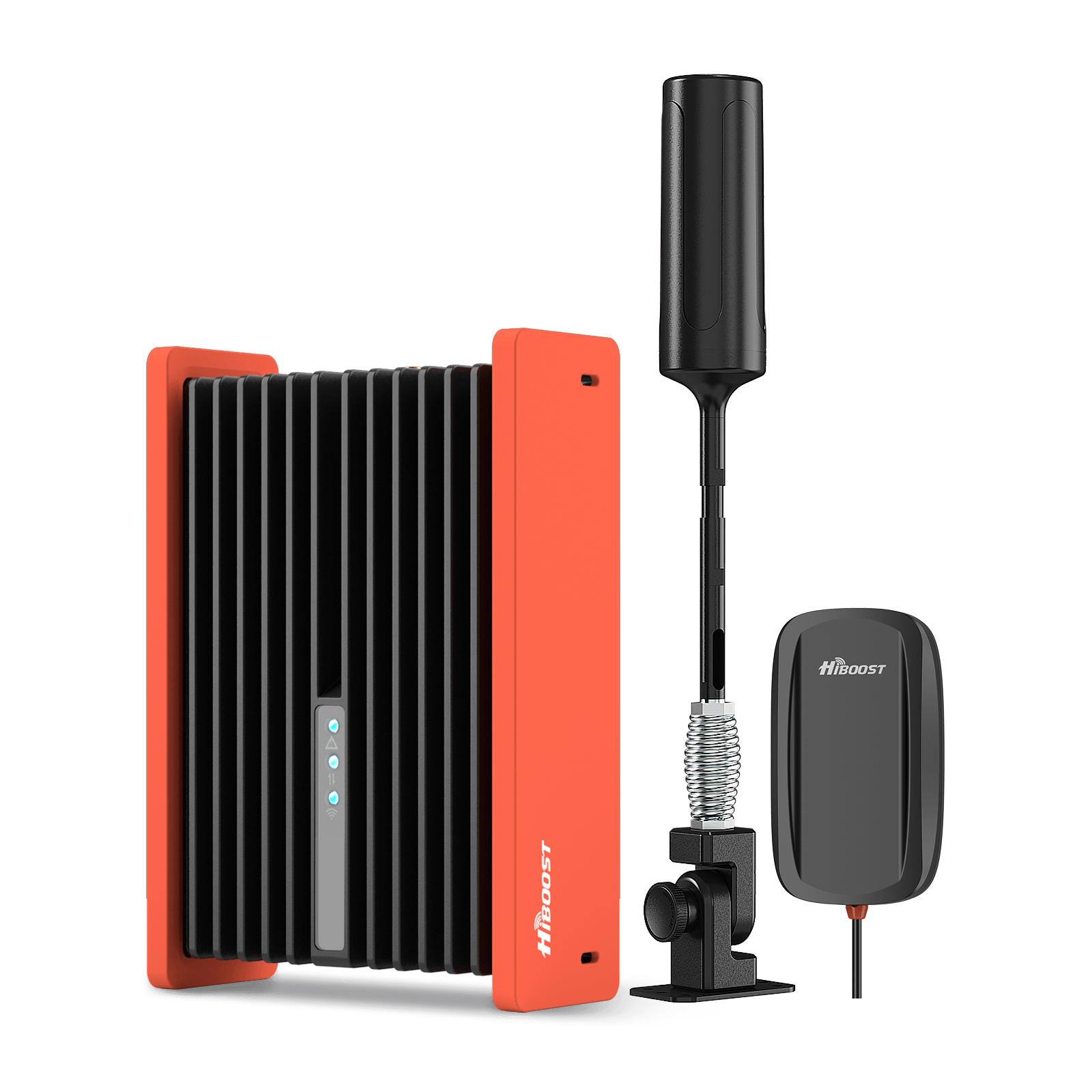
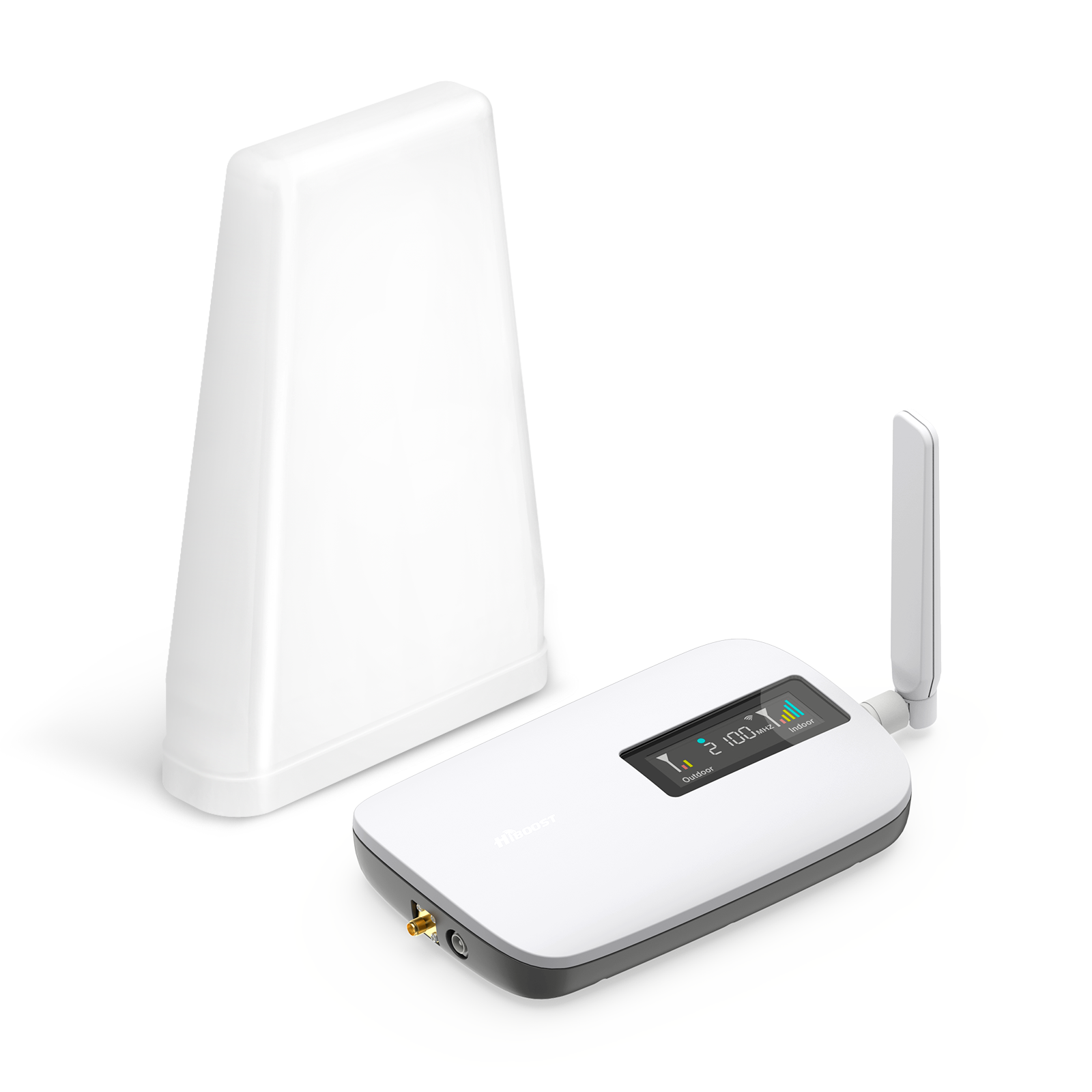
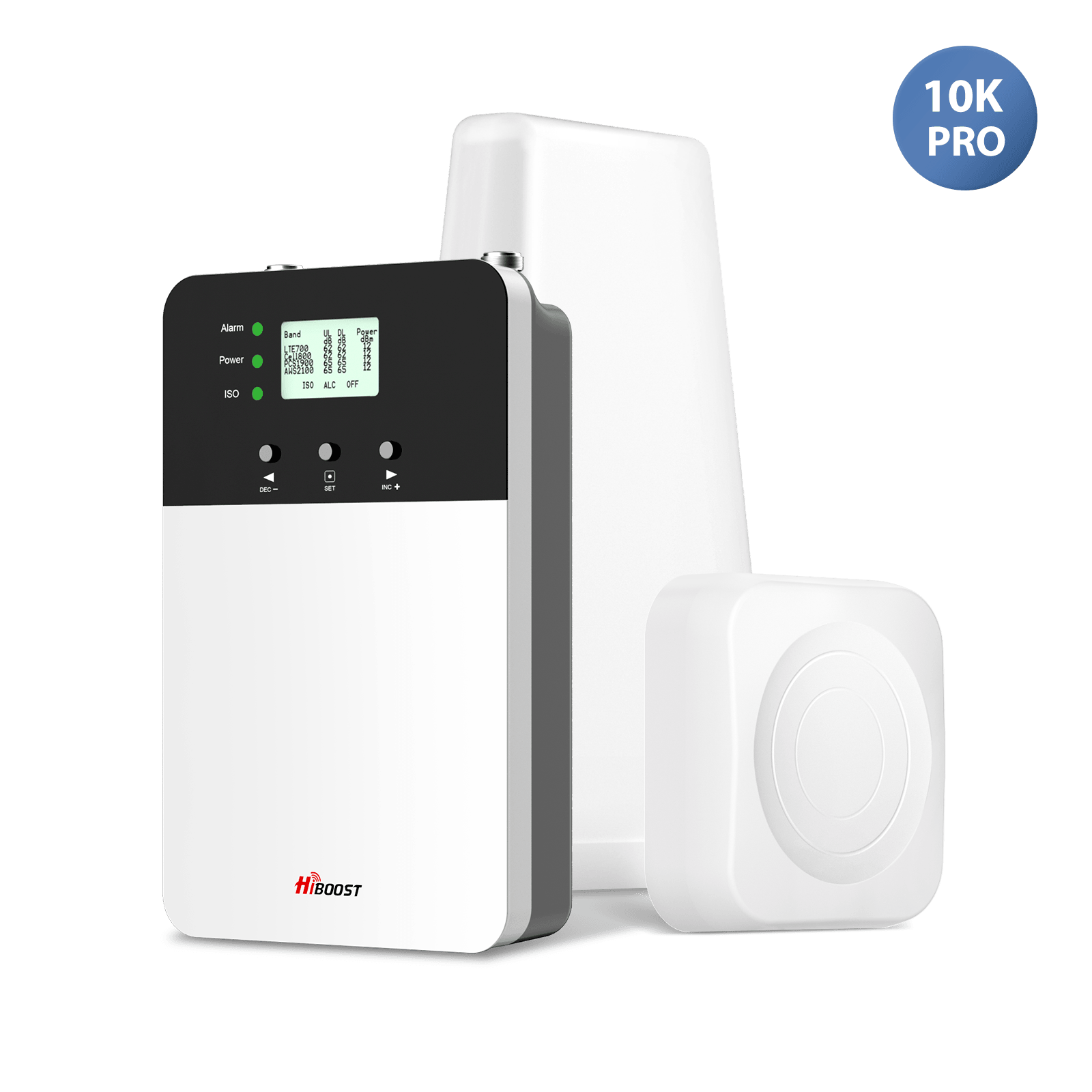
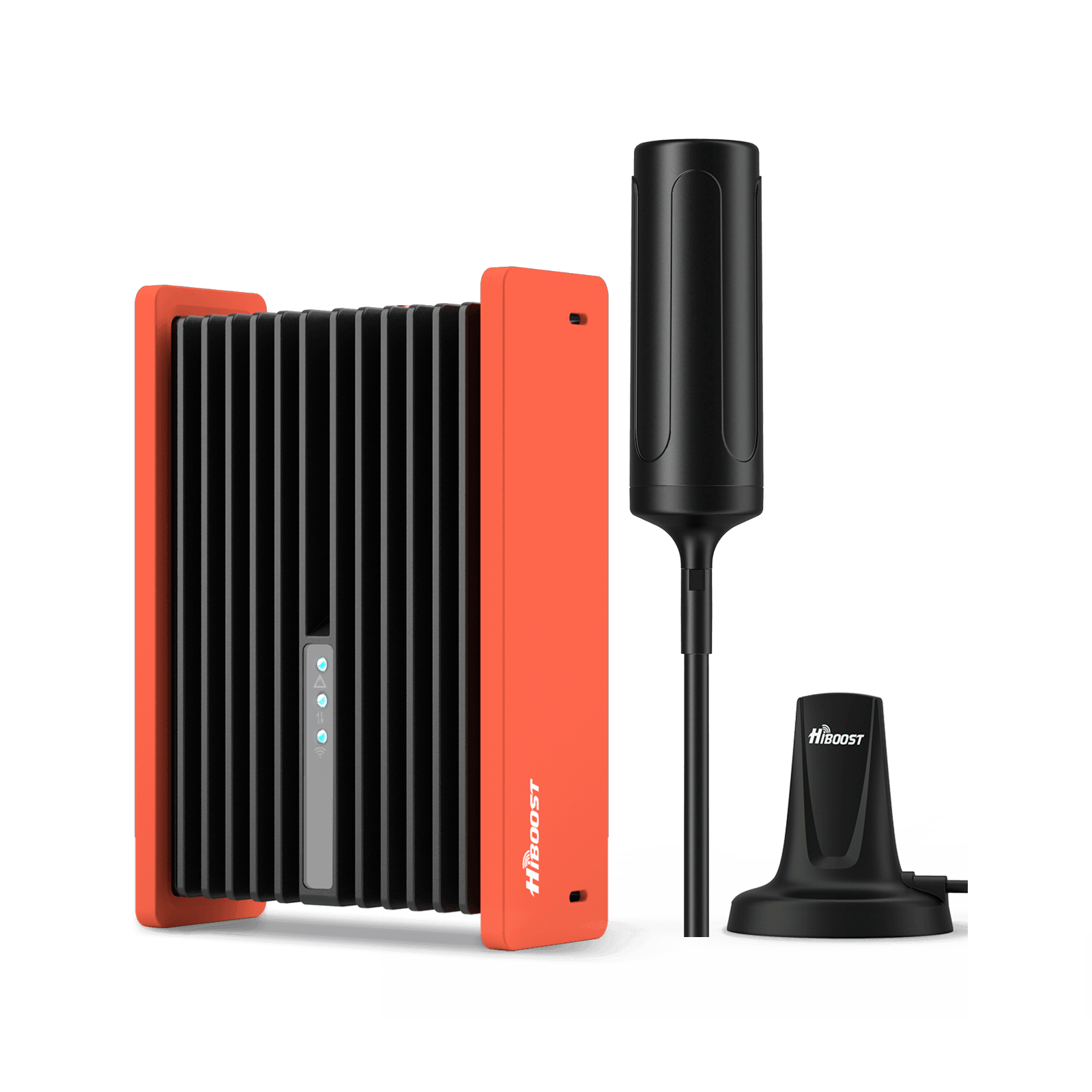
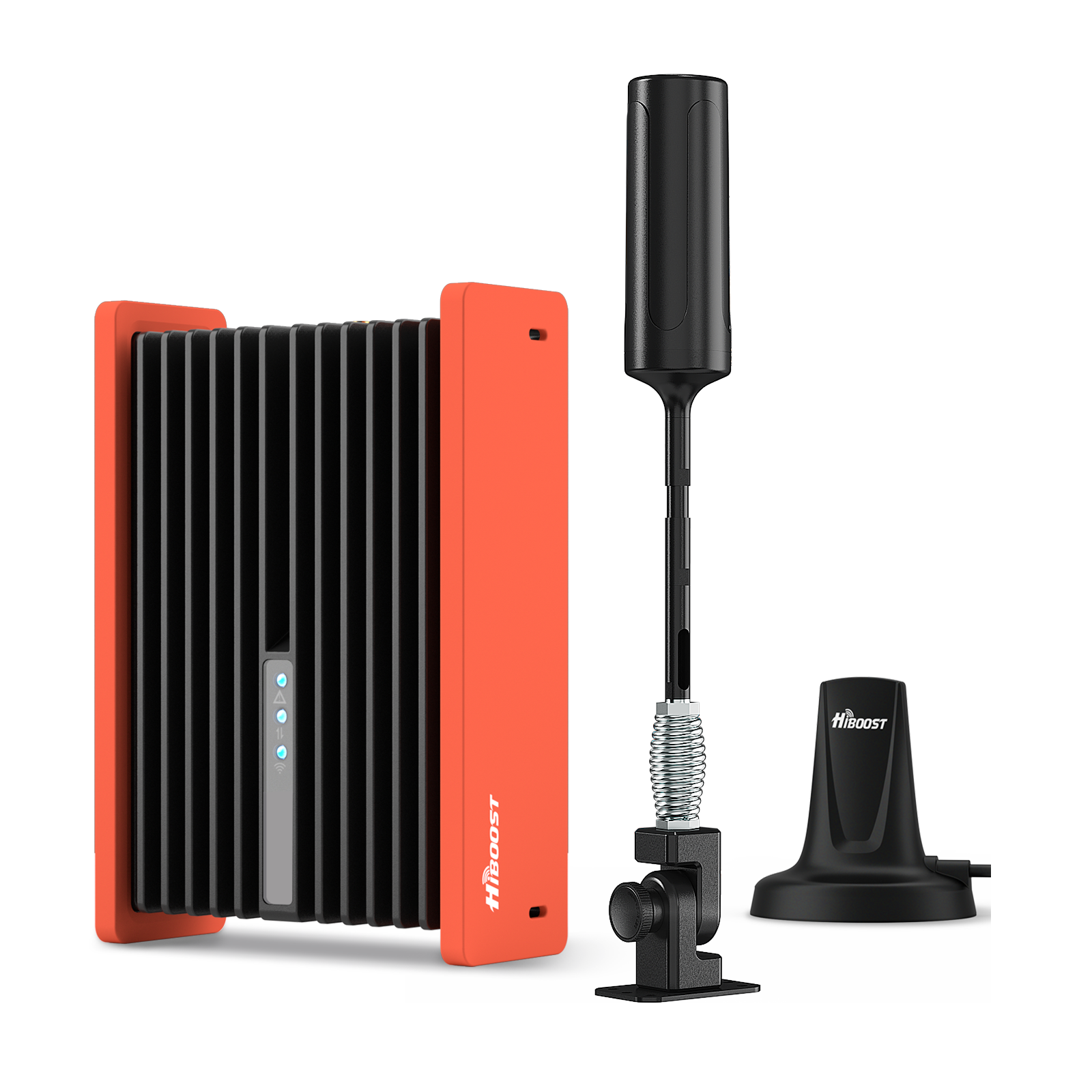
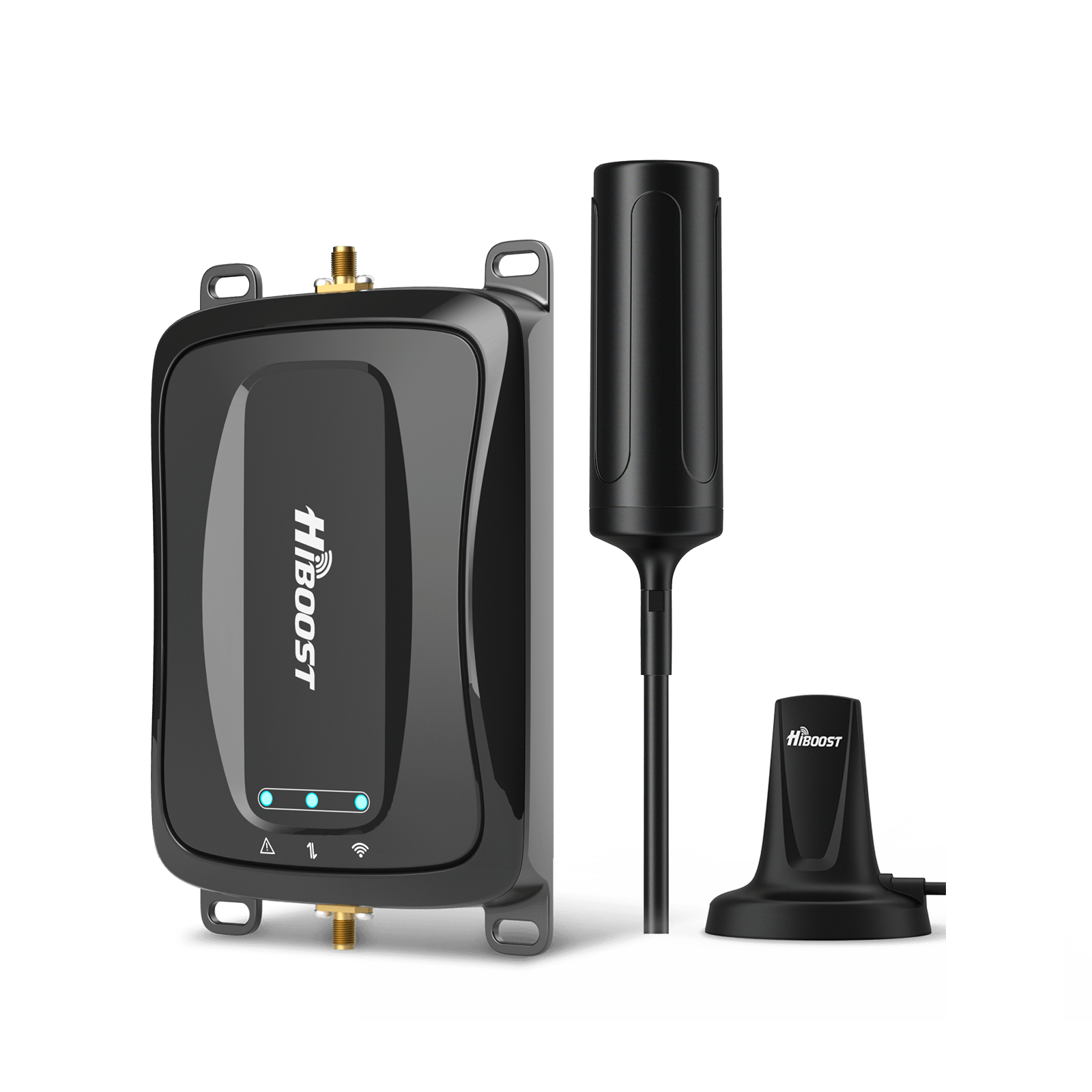
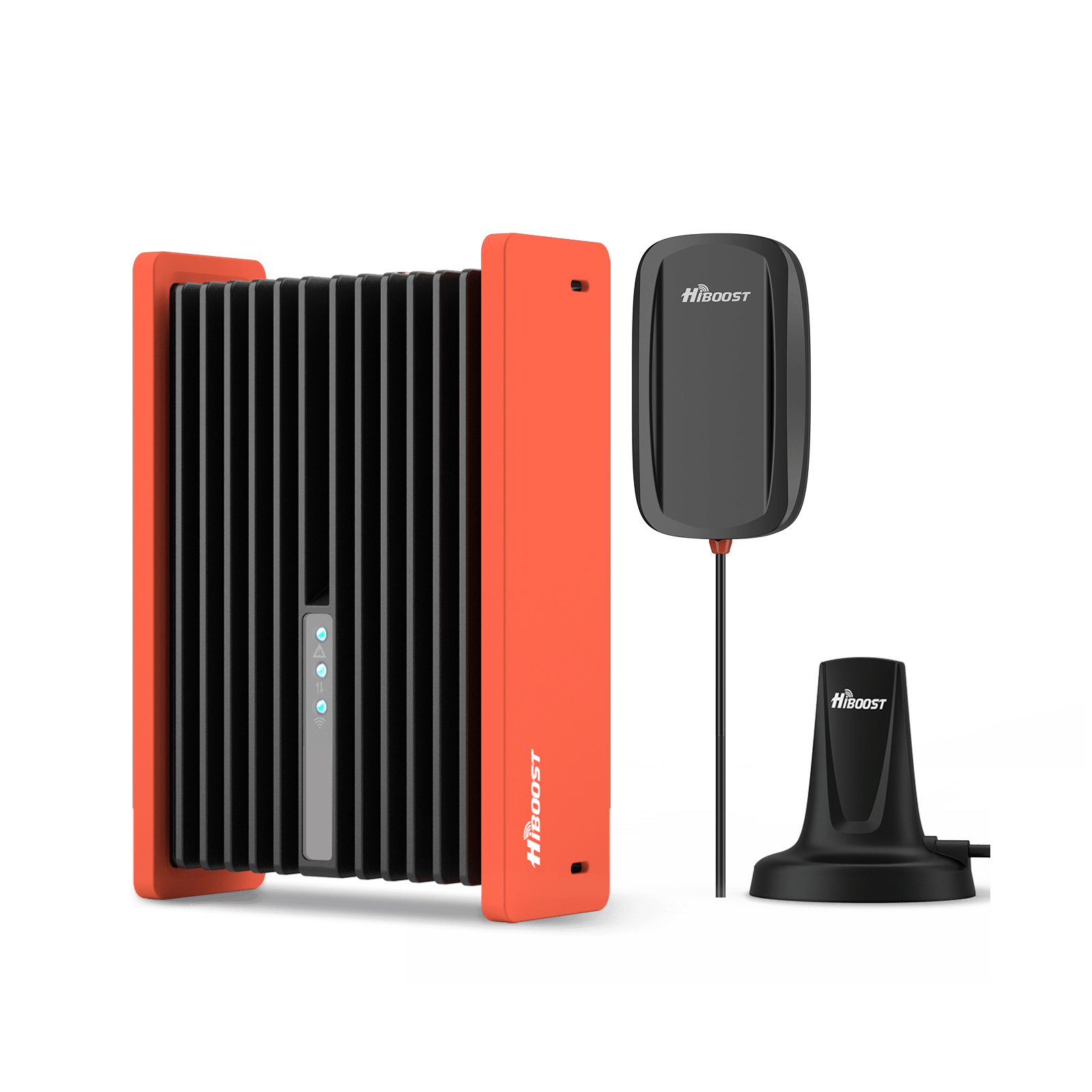
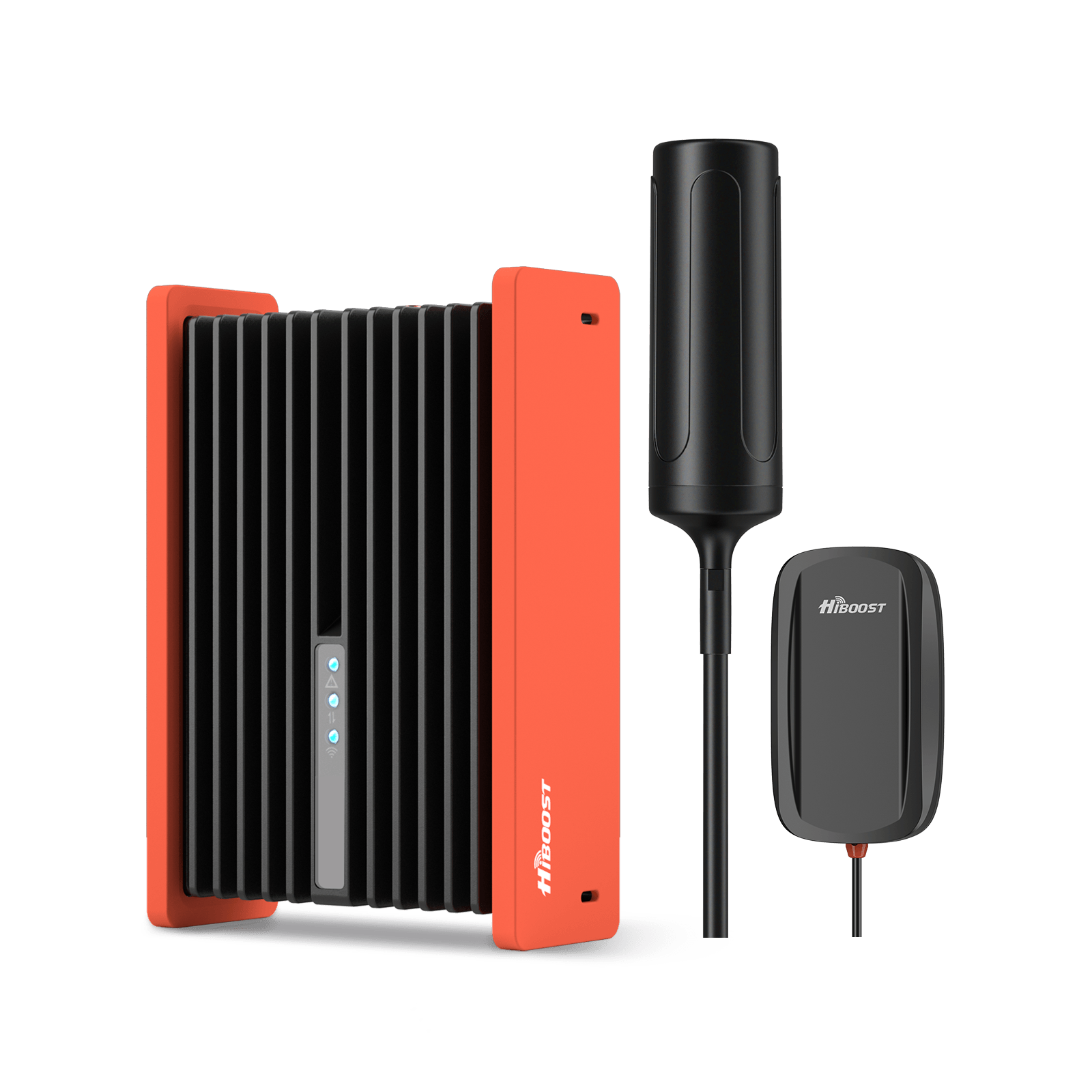
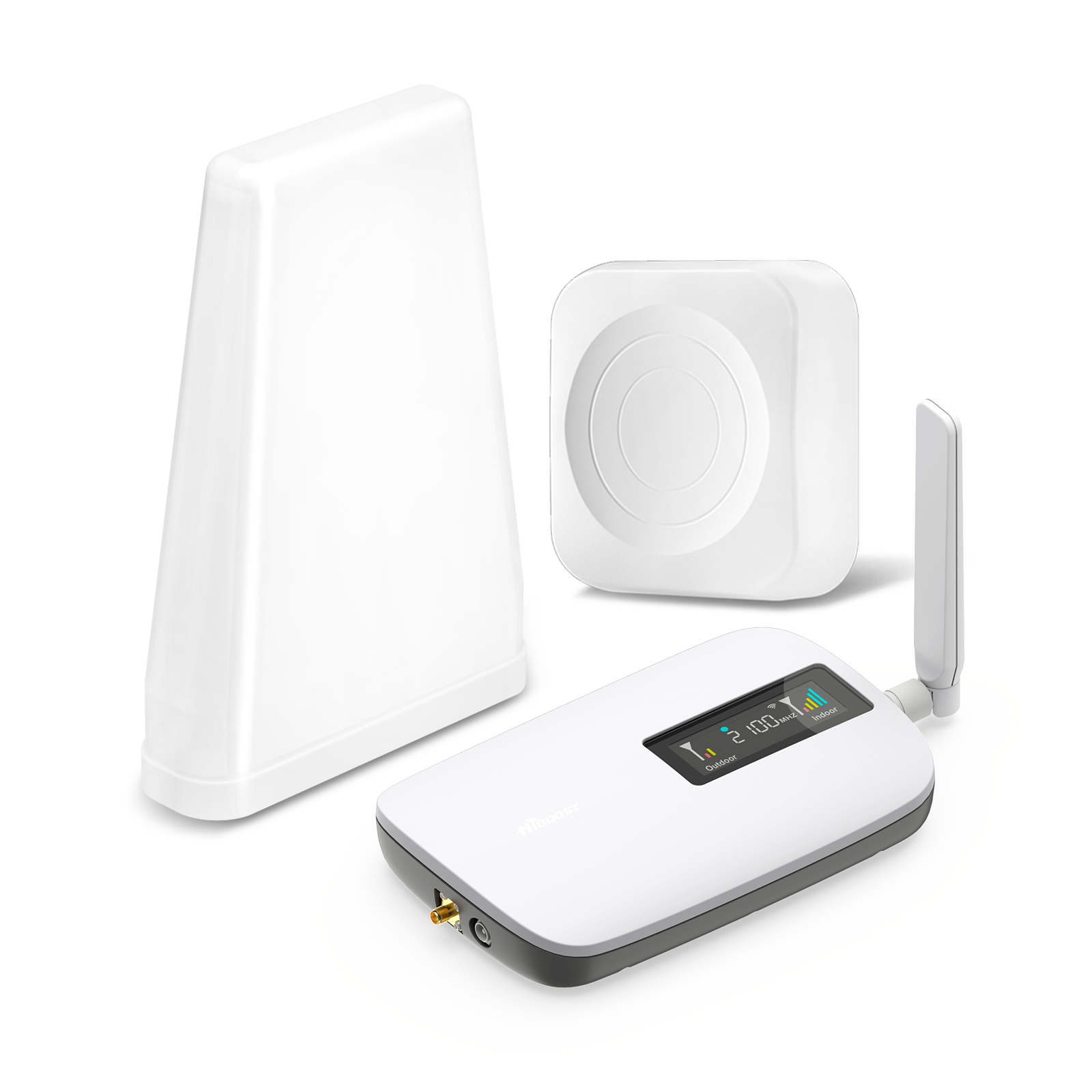
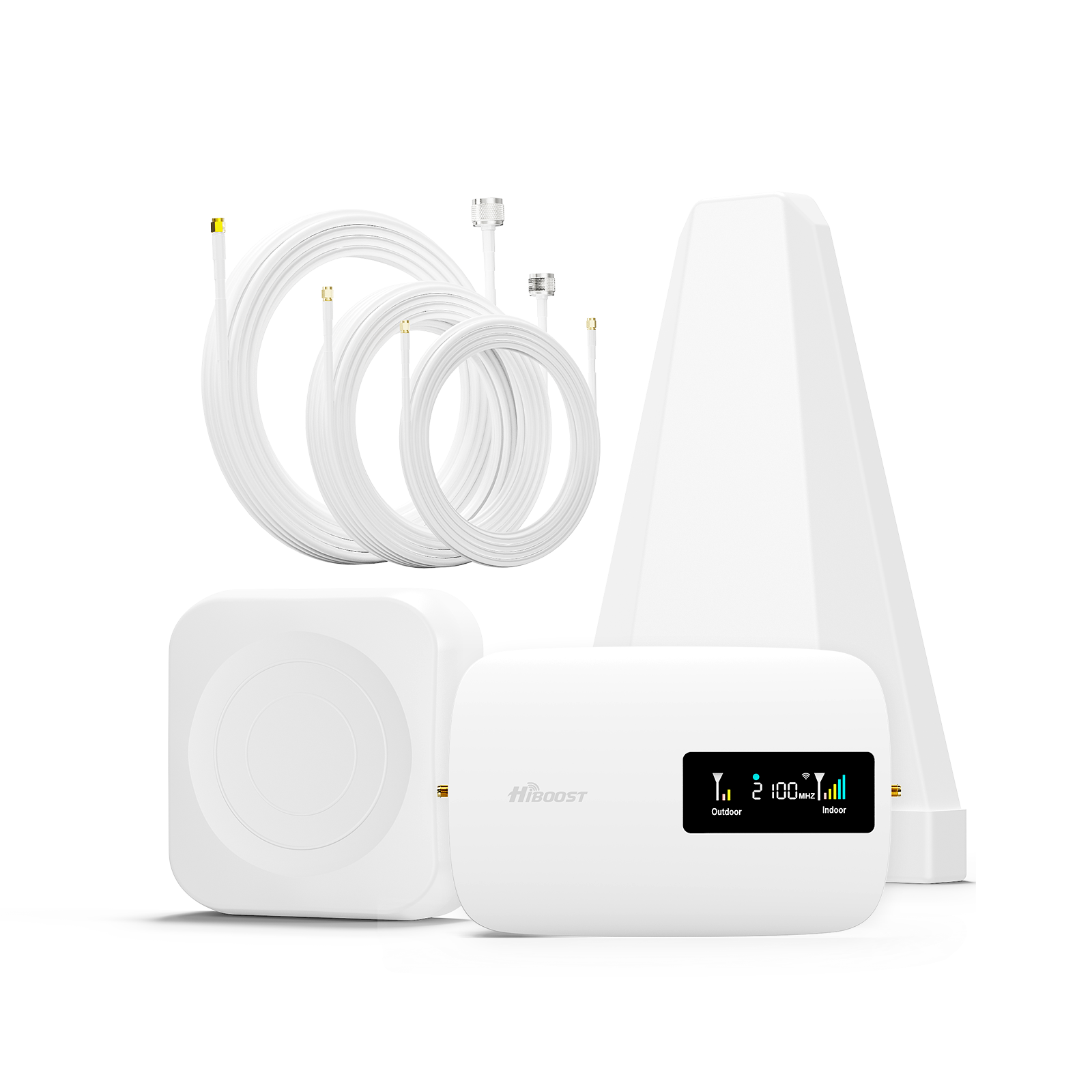
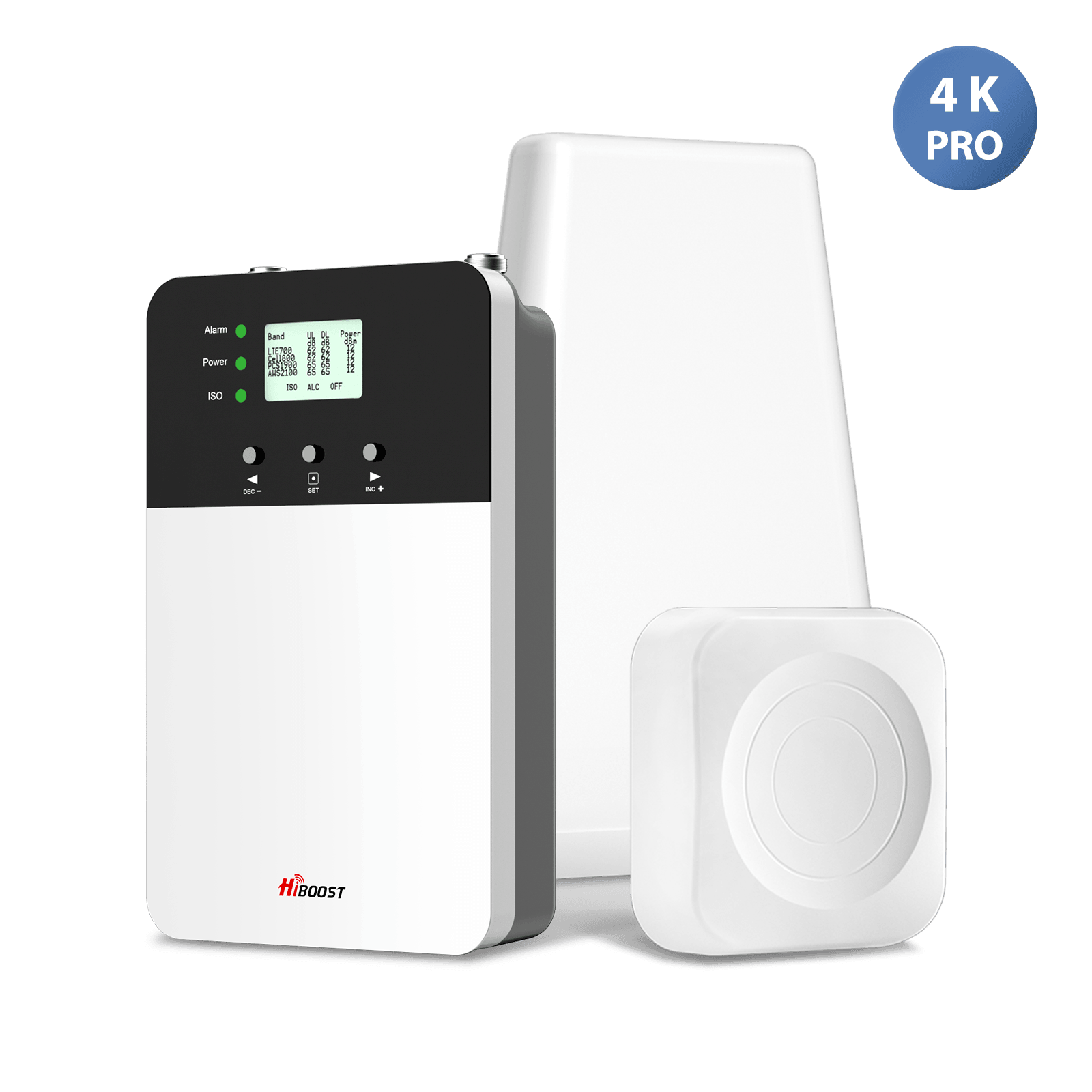
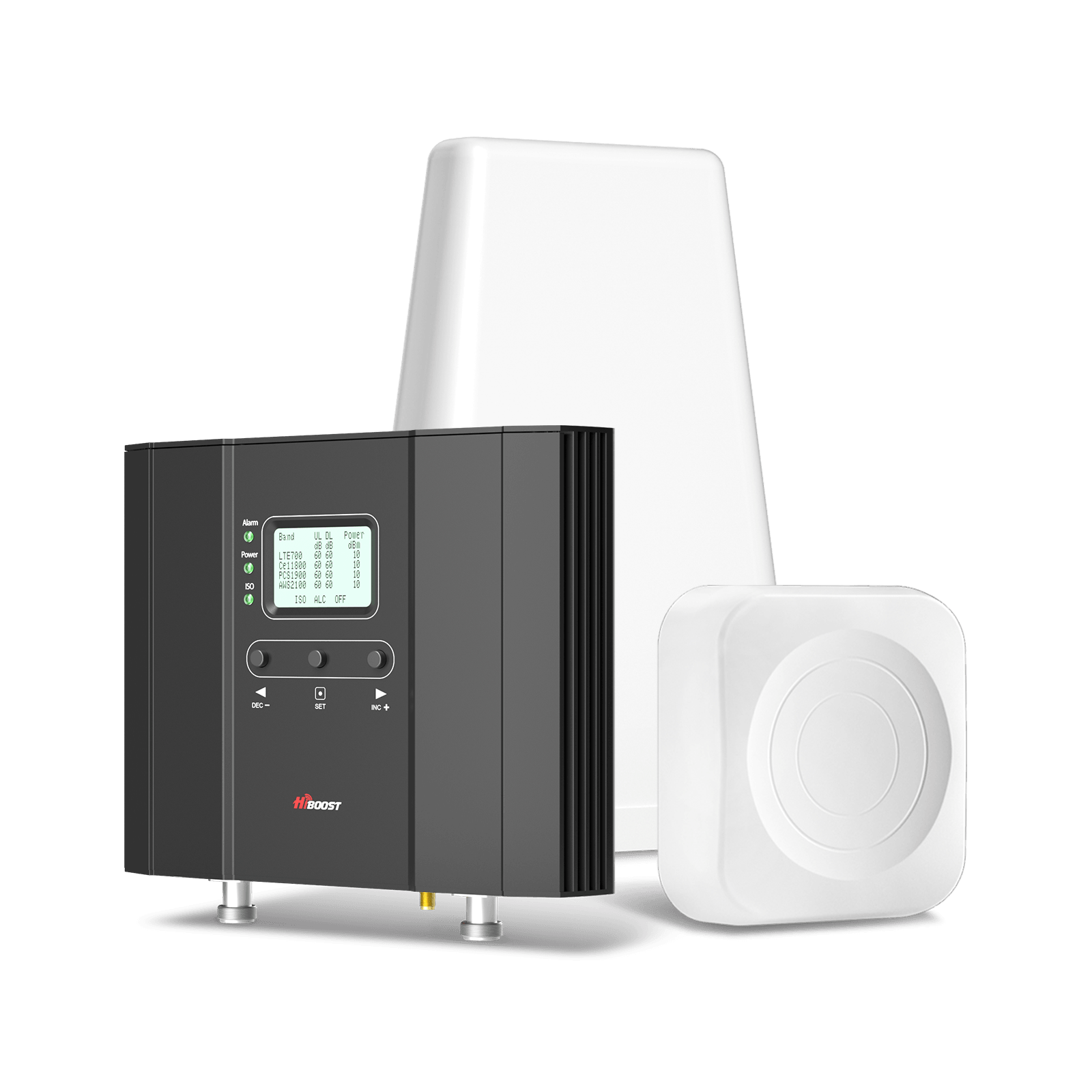
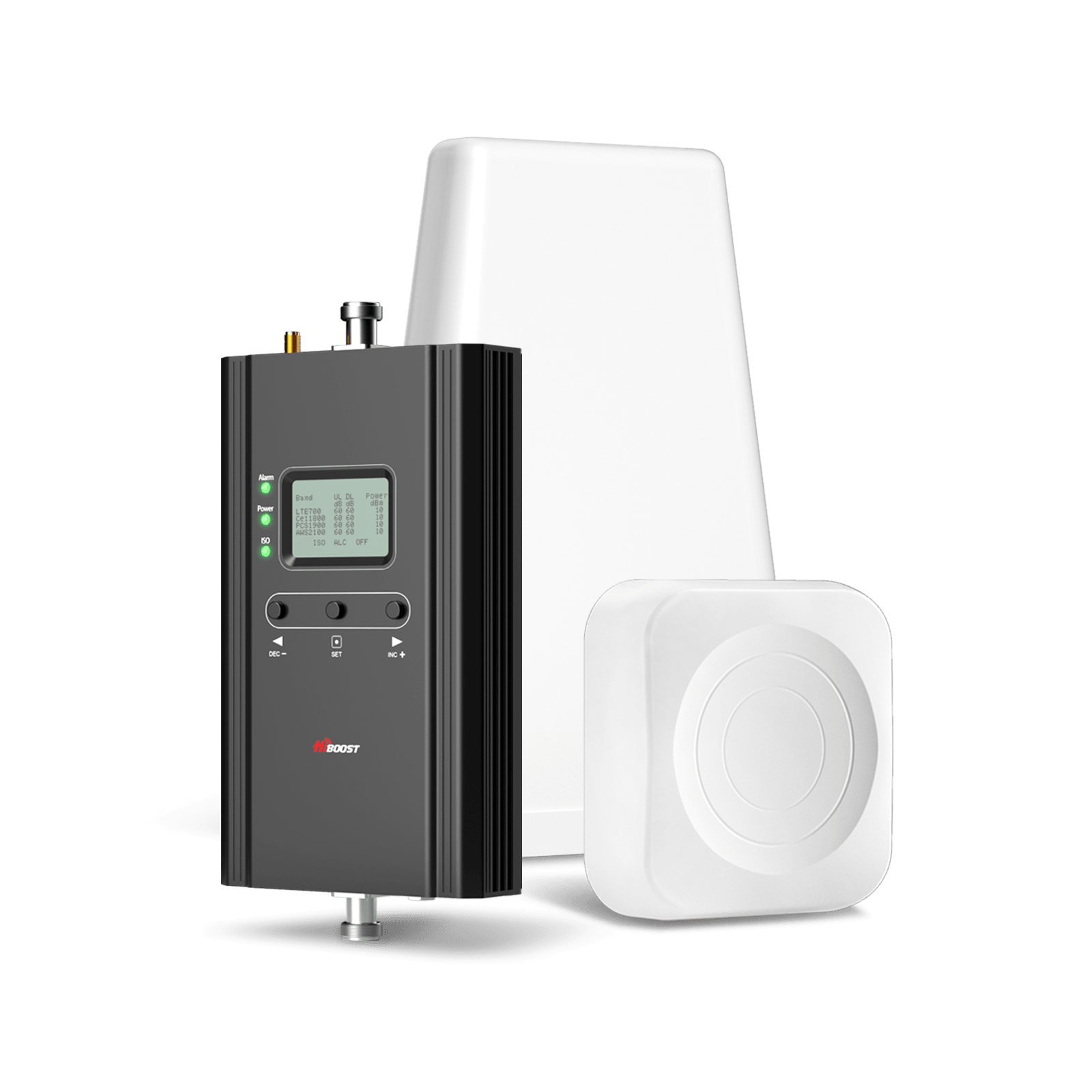
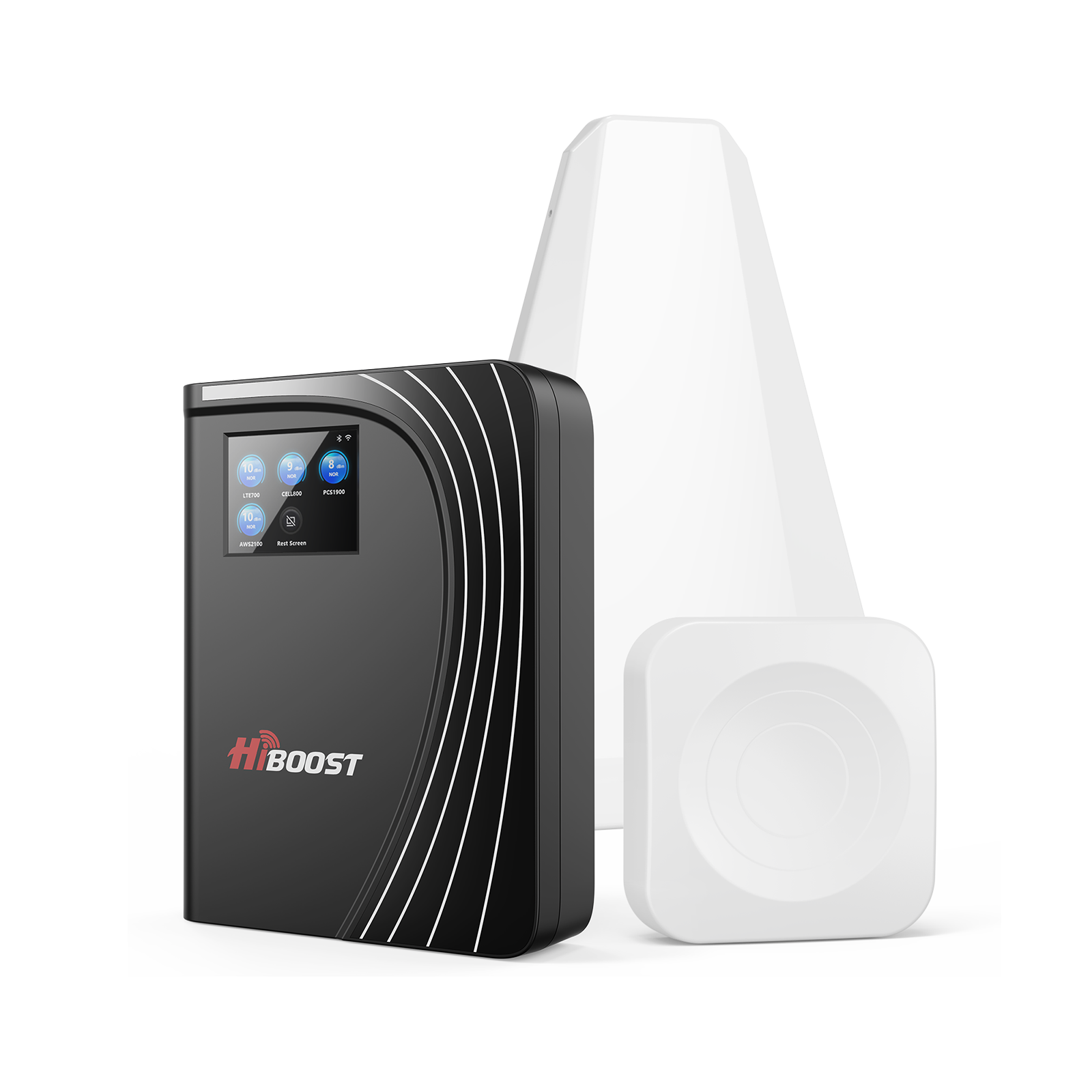
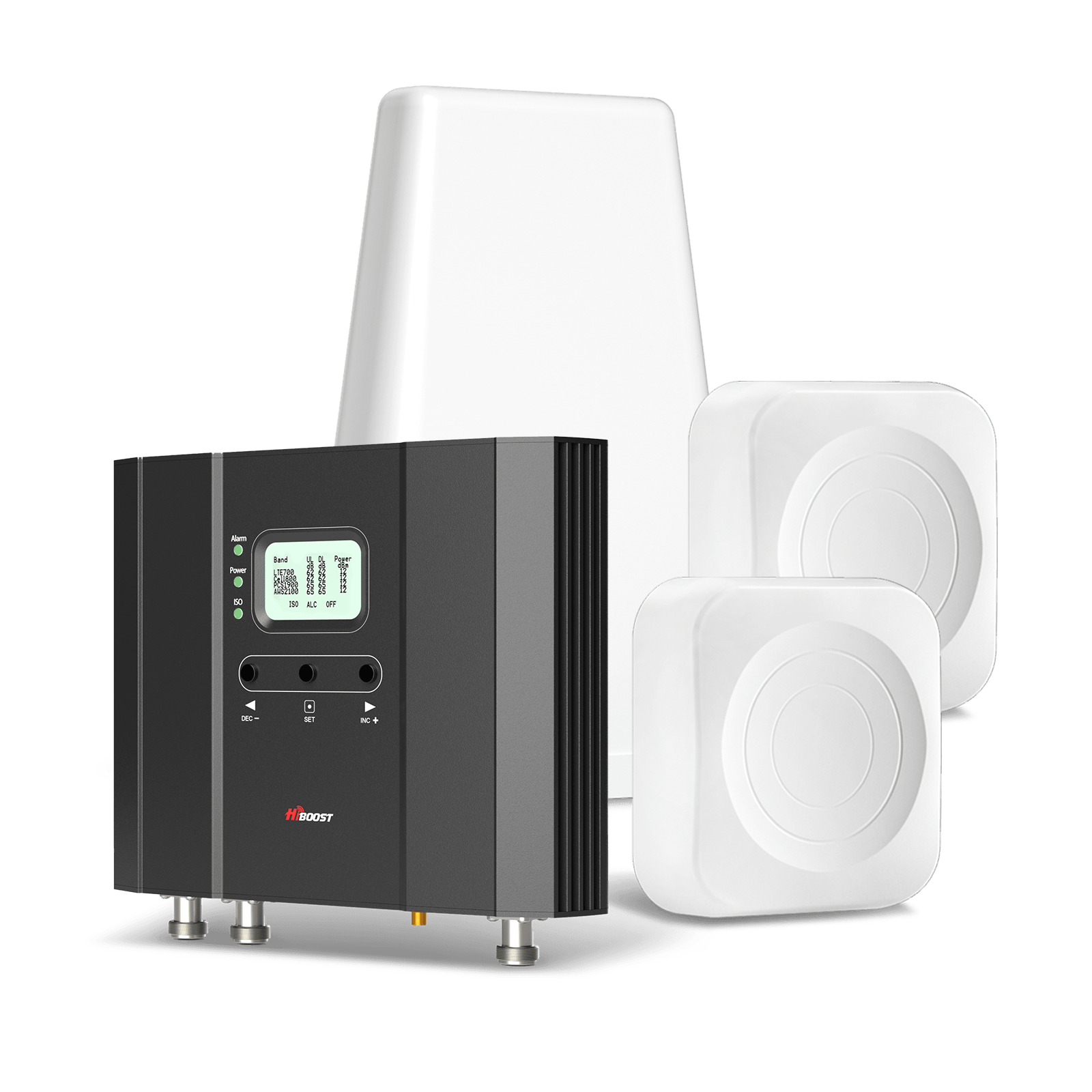
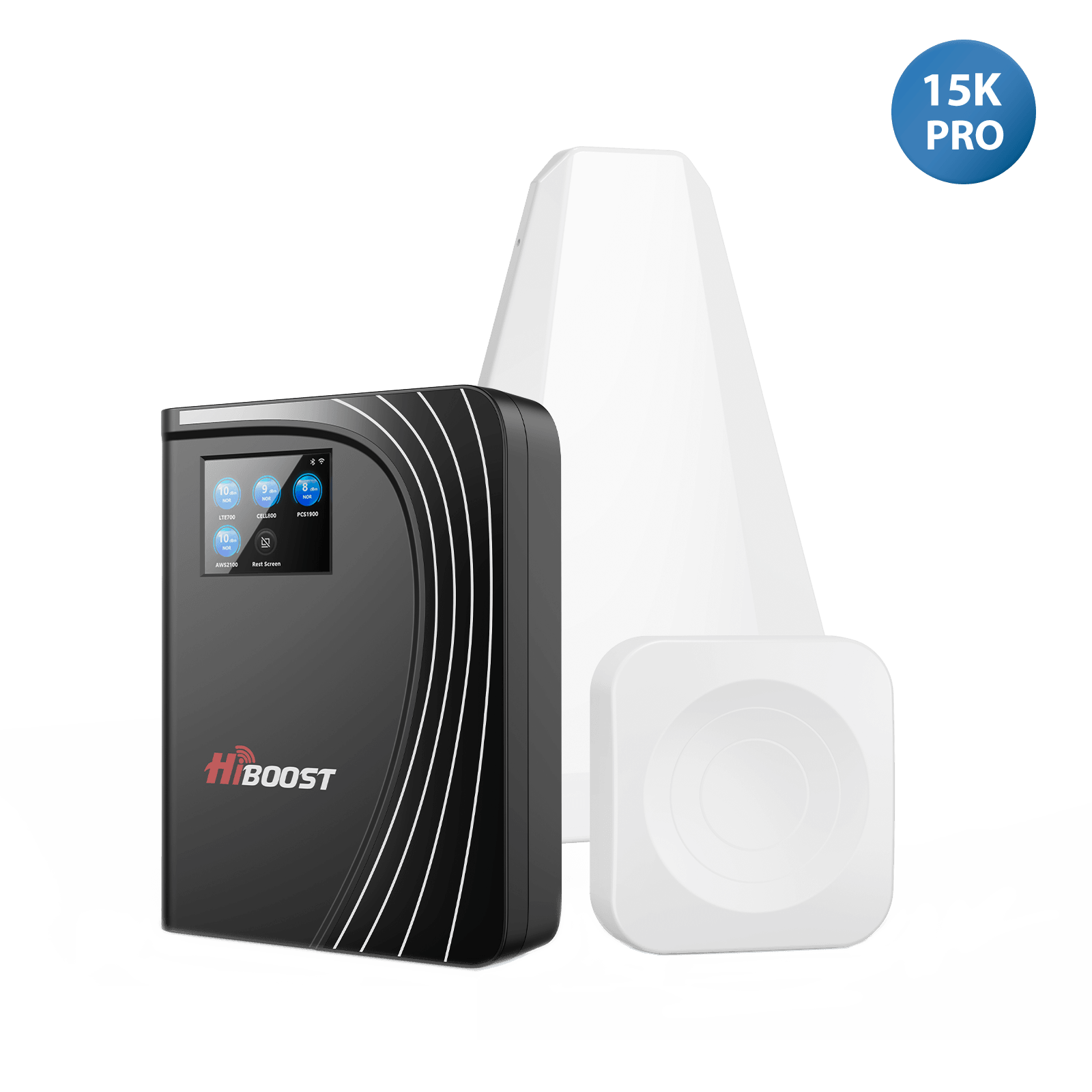
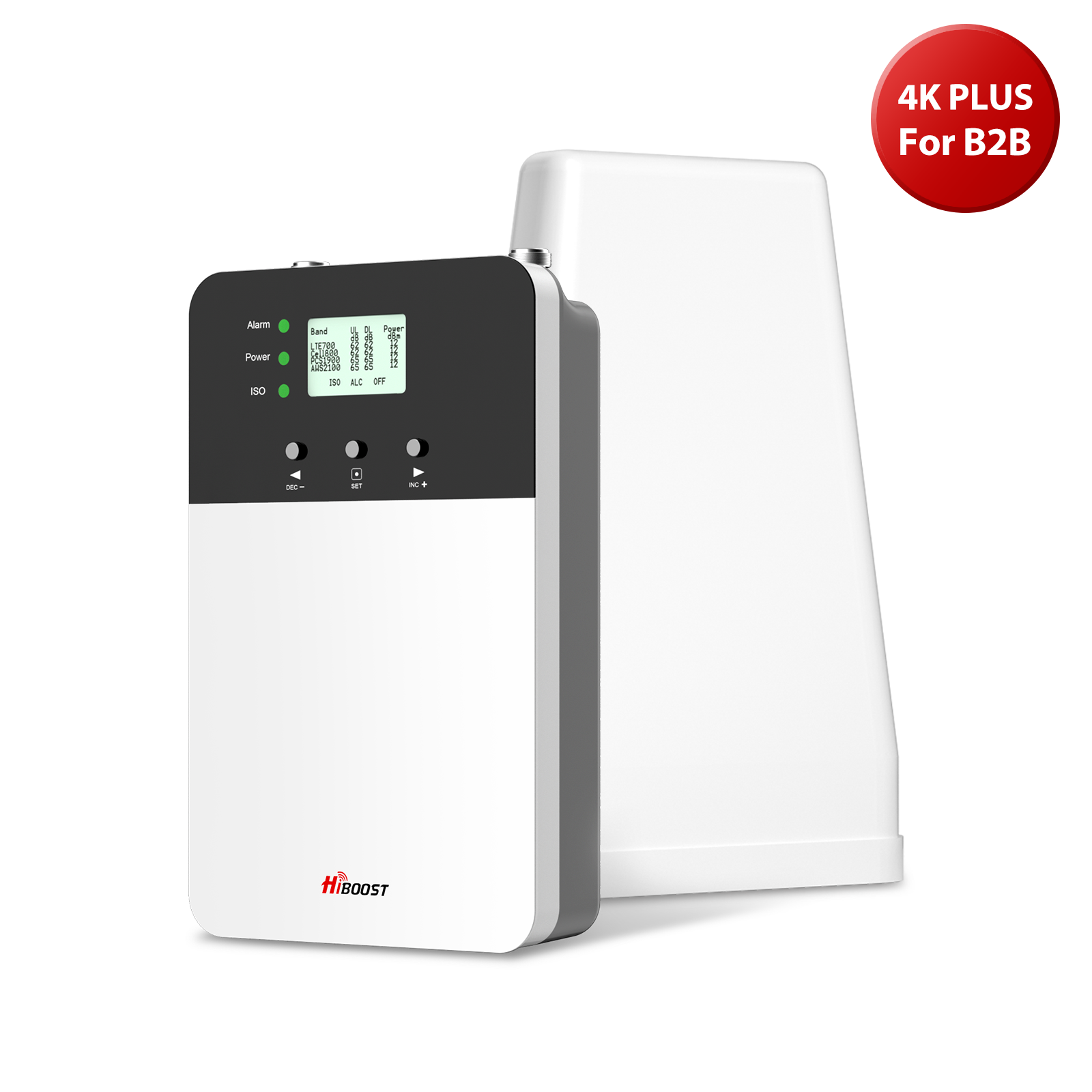
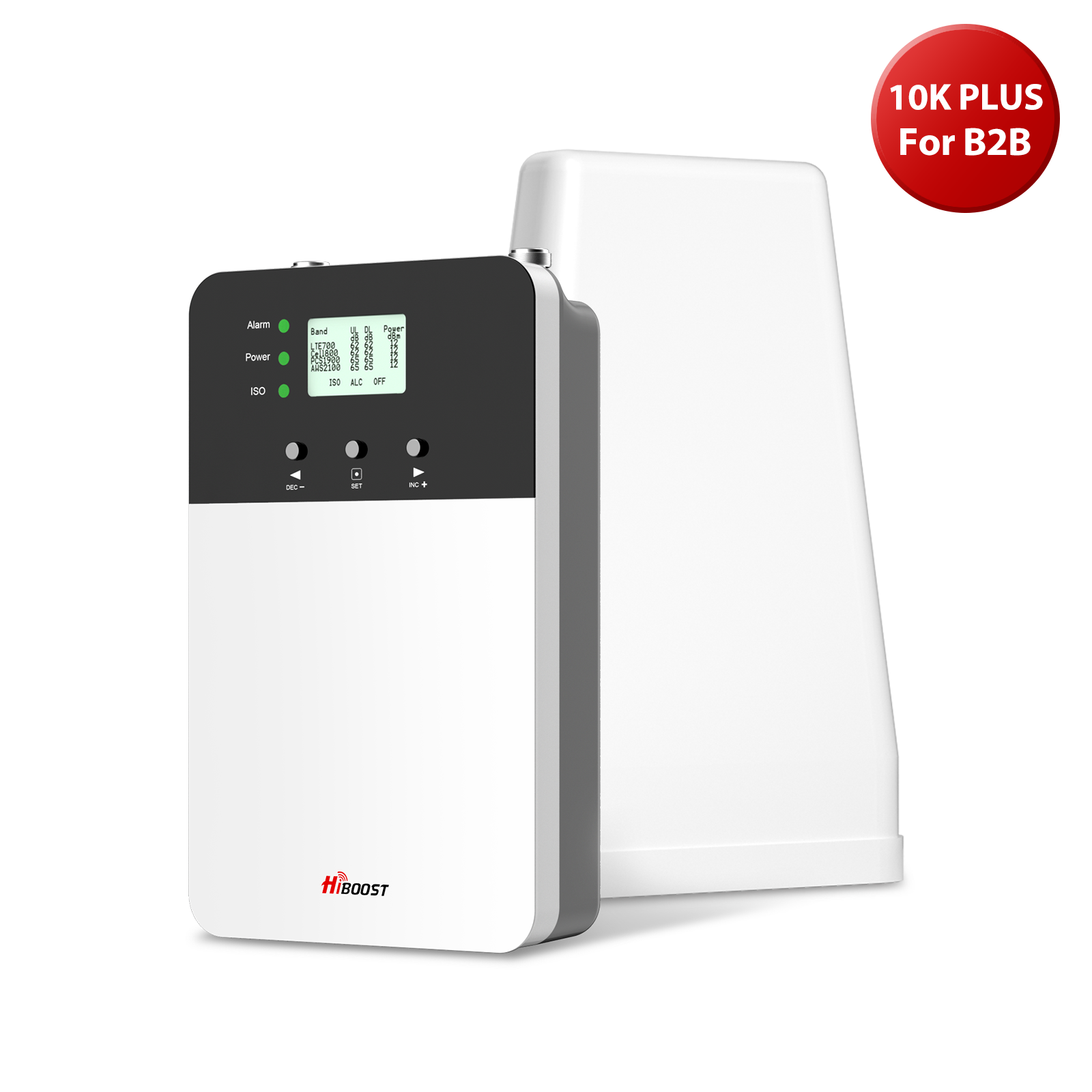
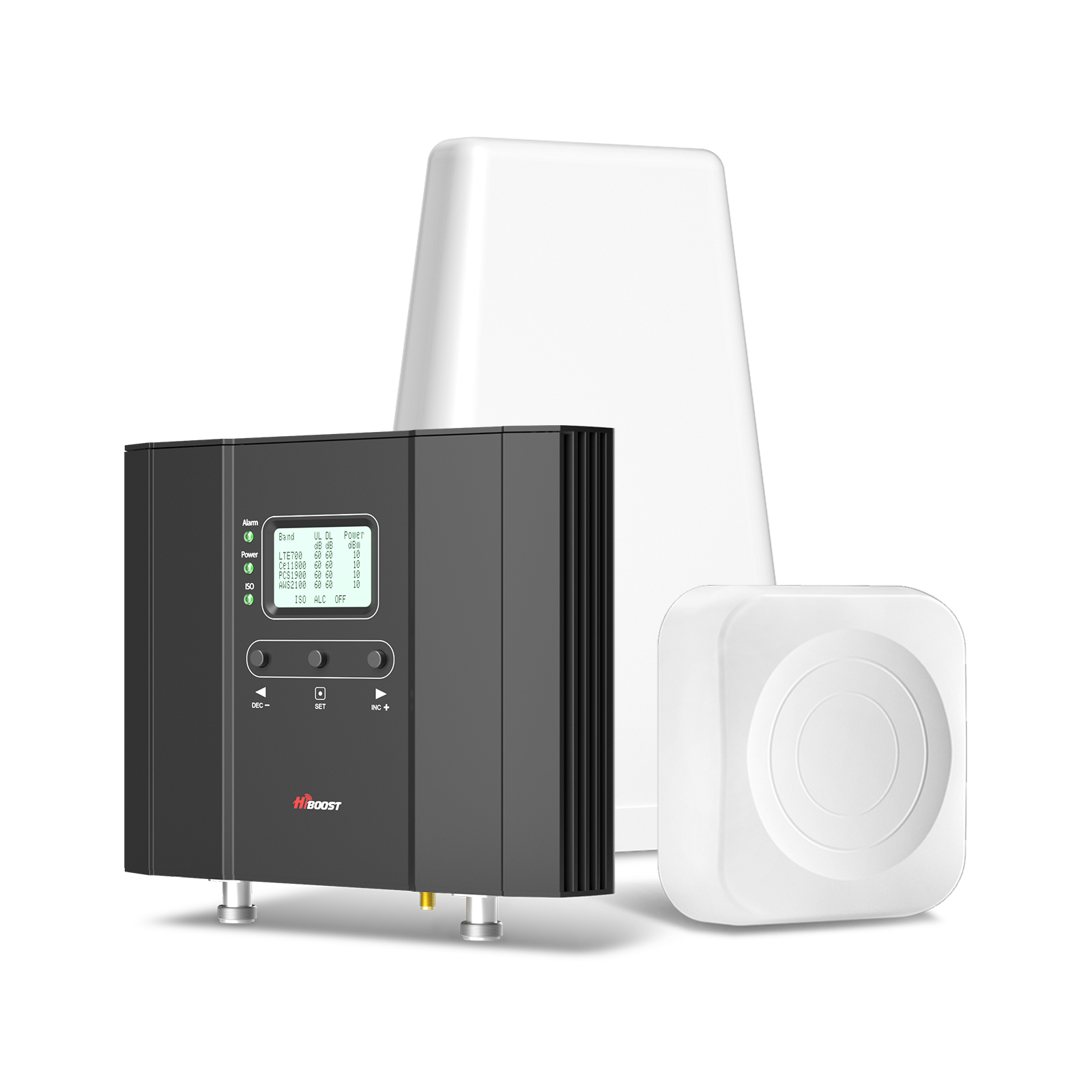
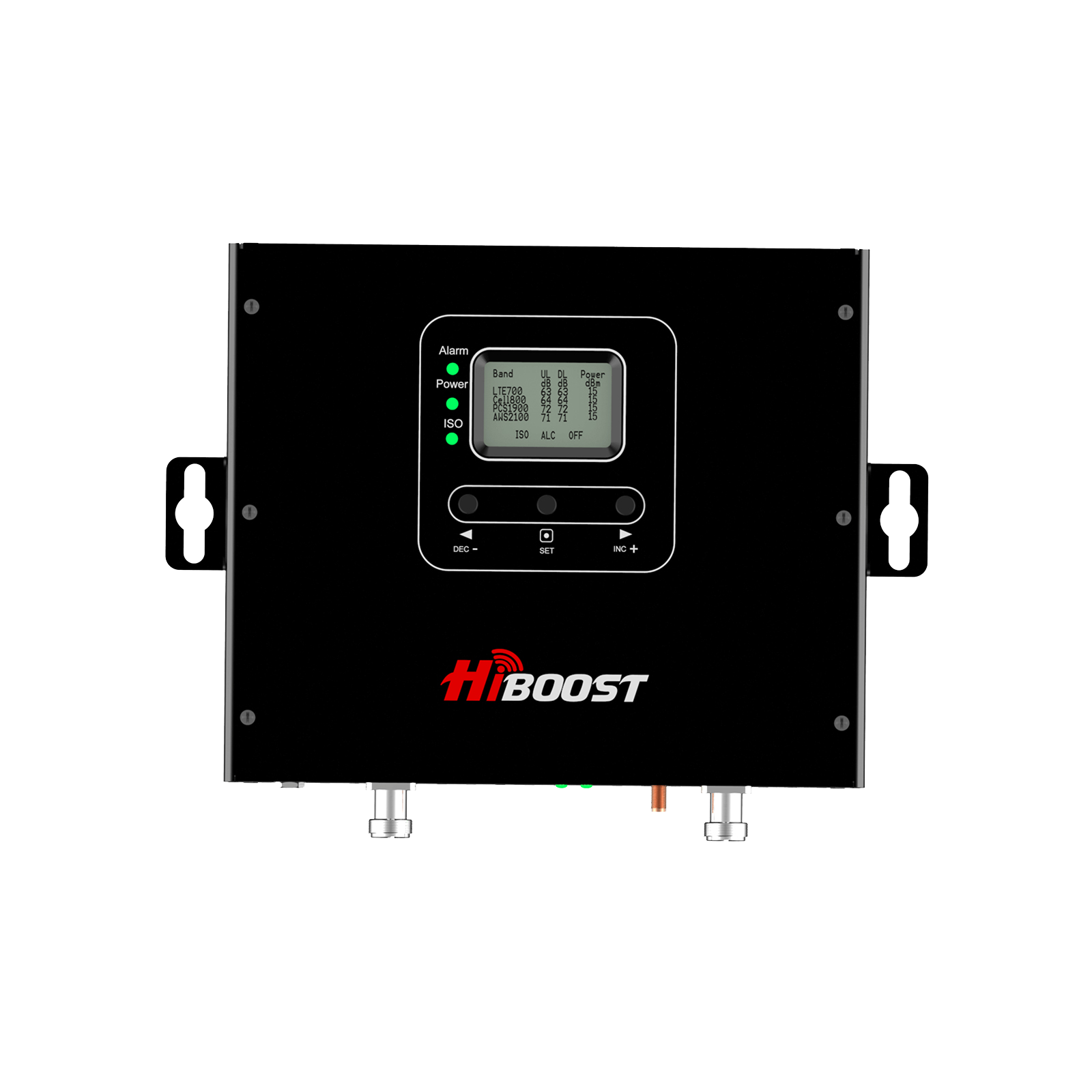
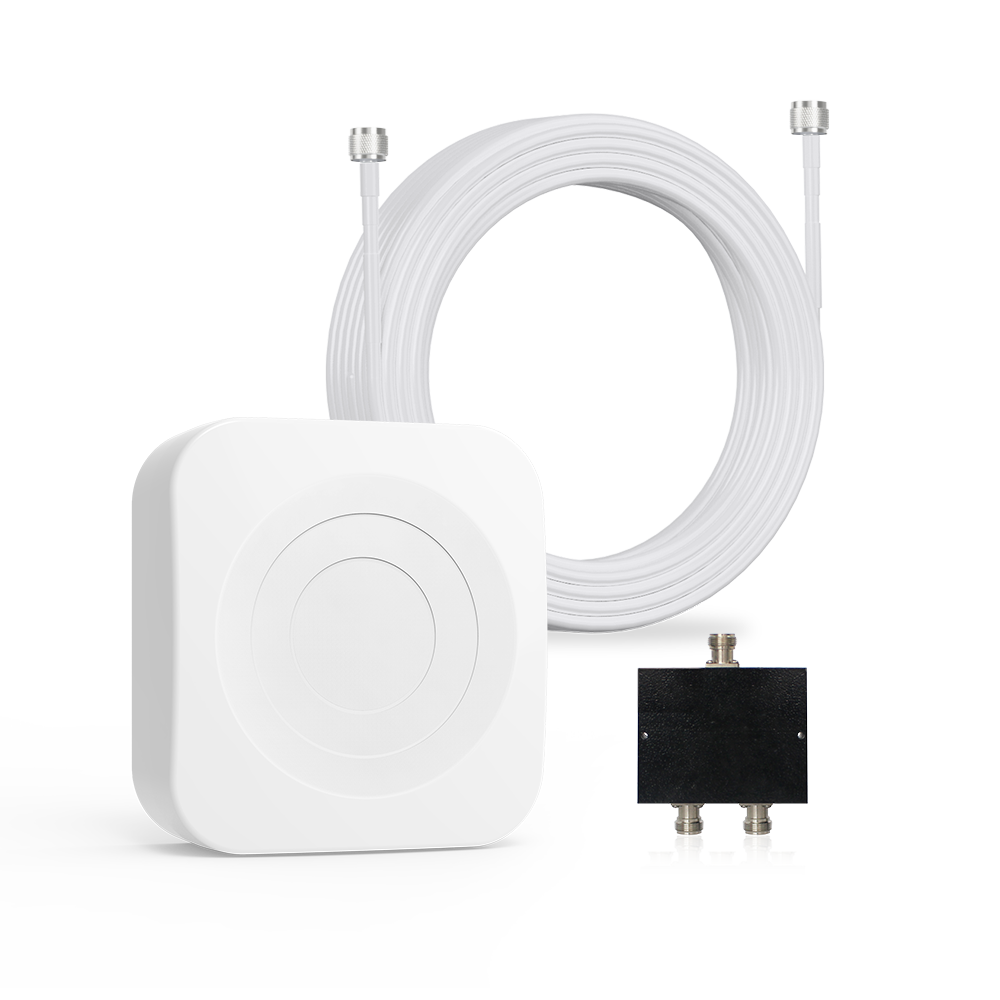
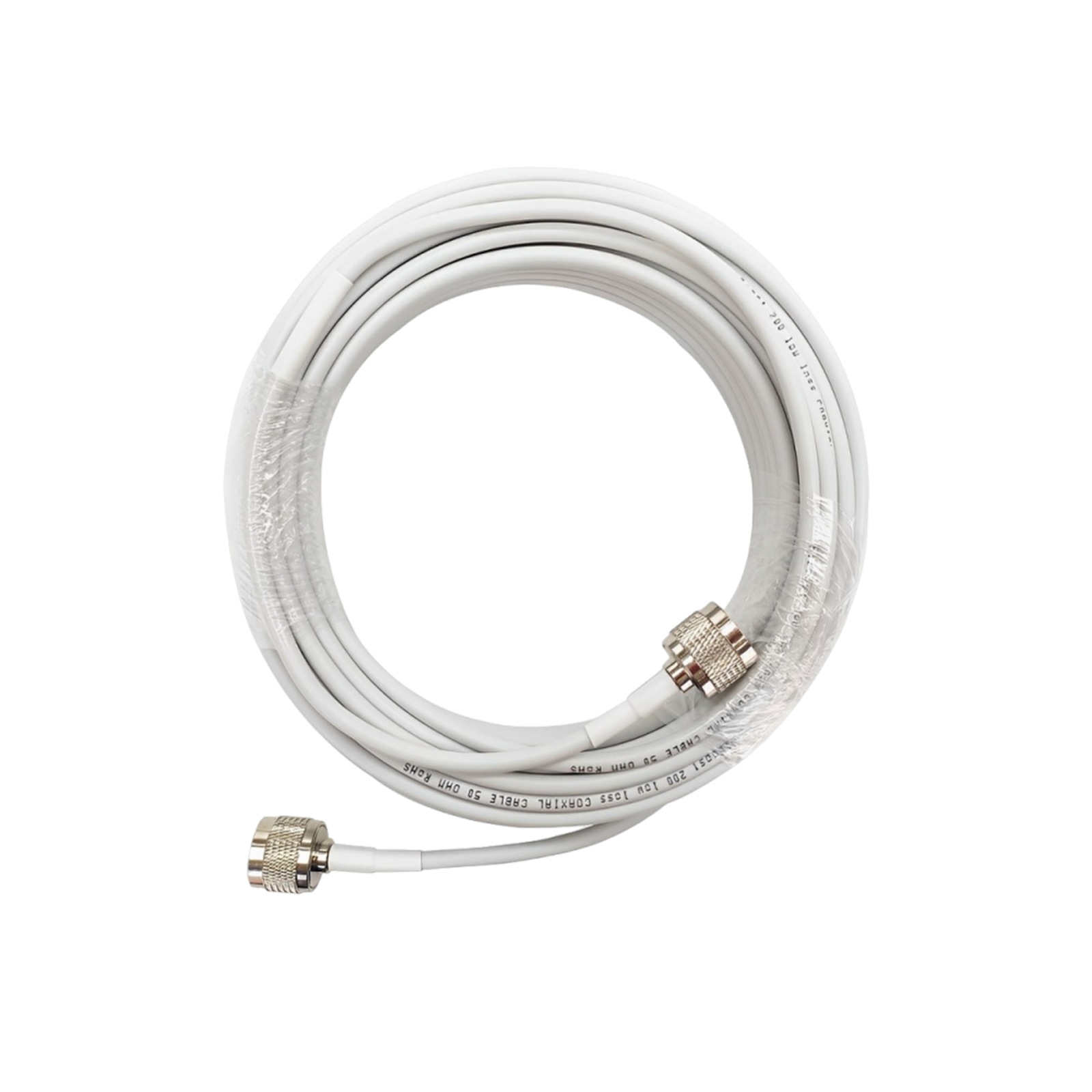
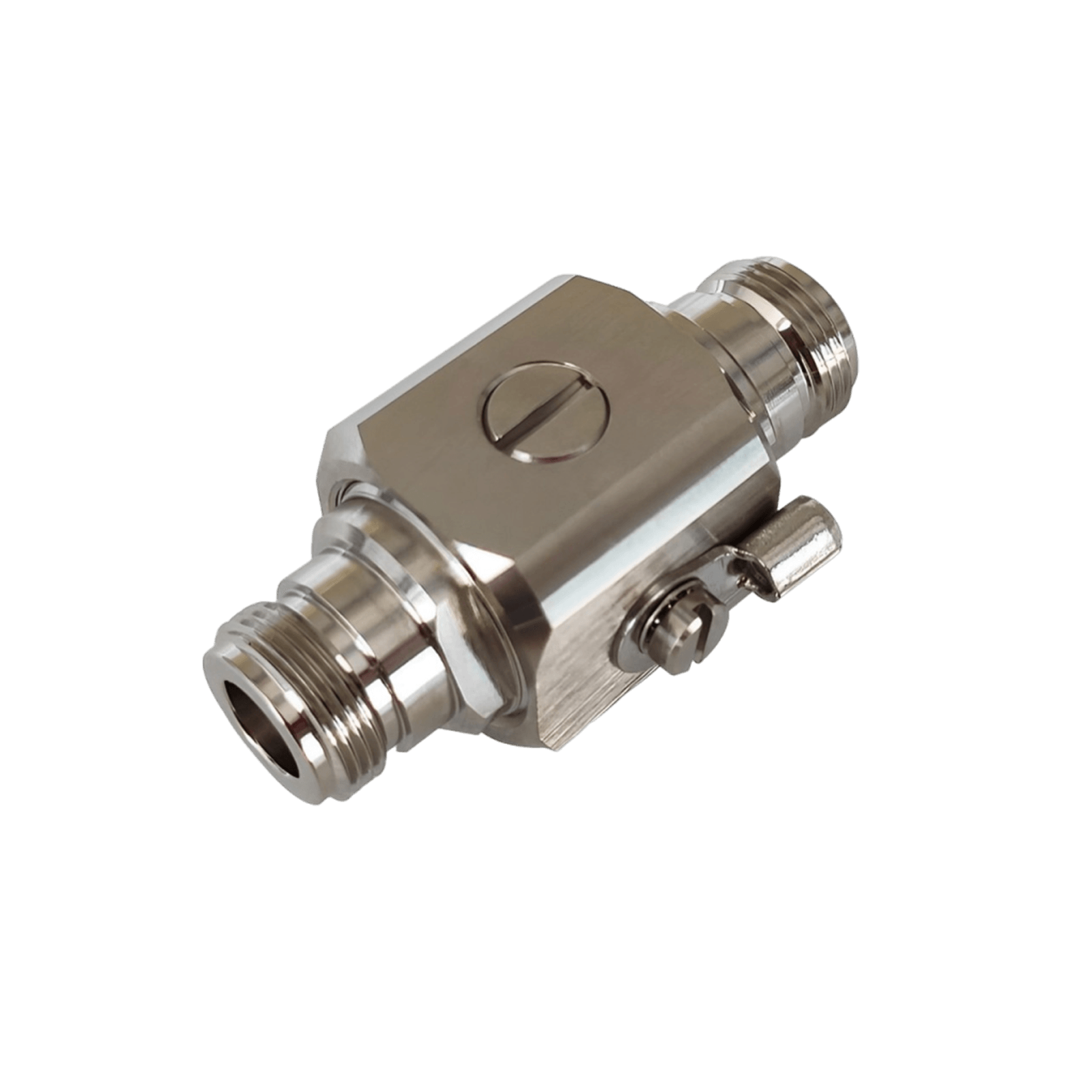
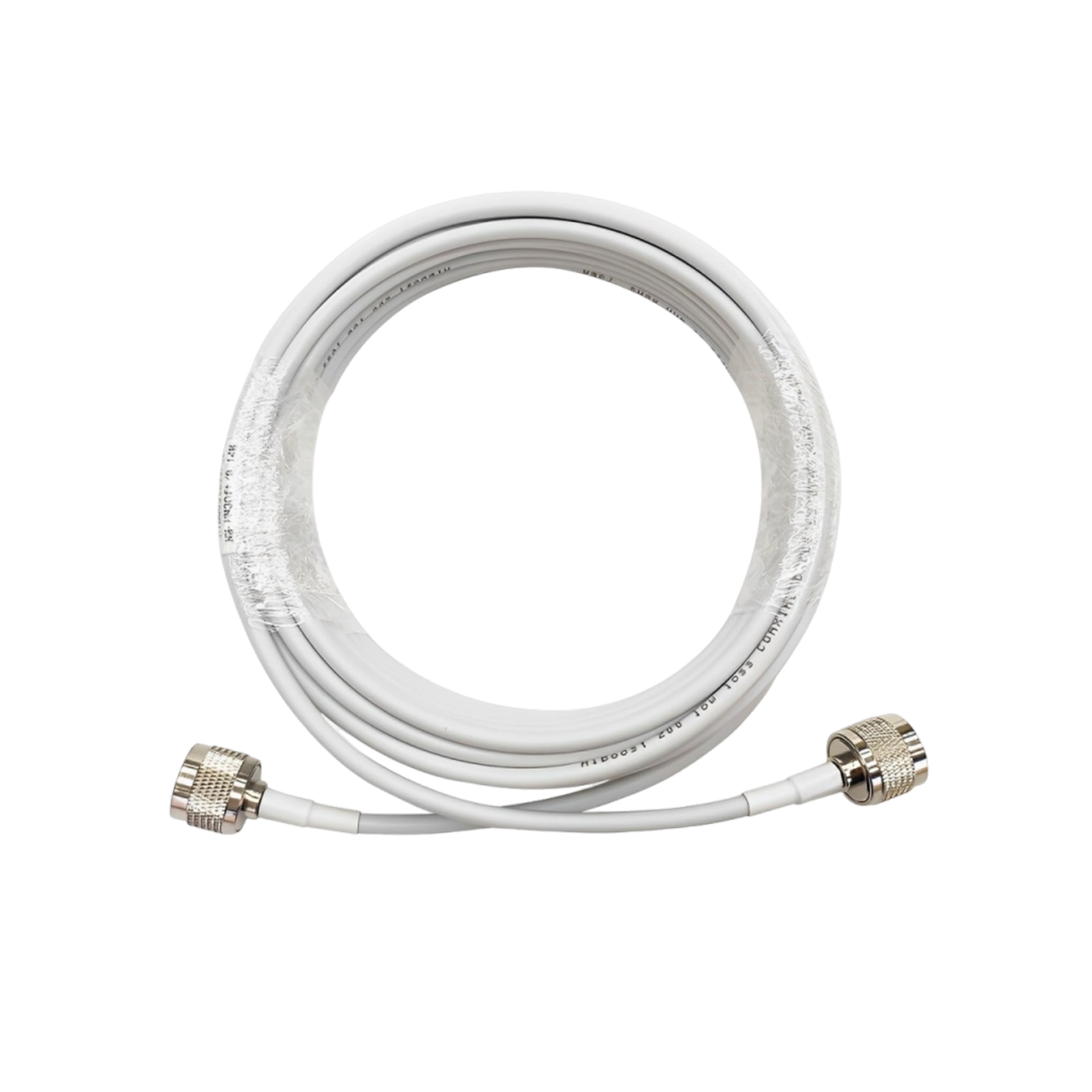
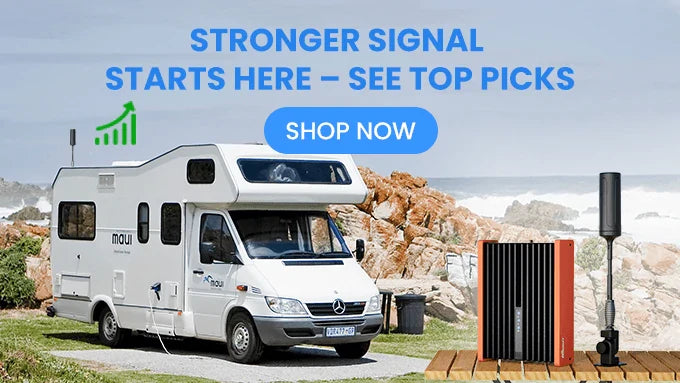


Leave a comment
All comments are moderated before being published.
This site is protected by hCaptcha and the hCaptcha Privacy Policy and Terms of Service apply.